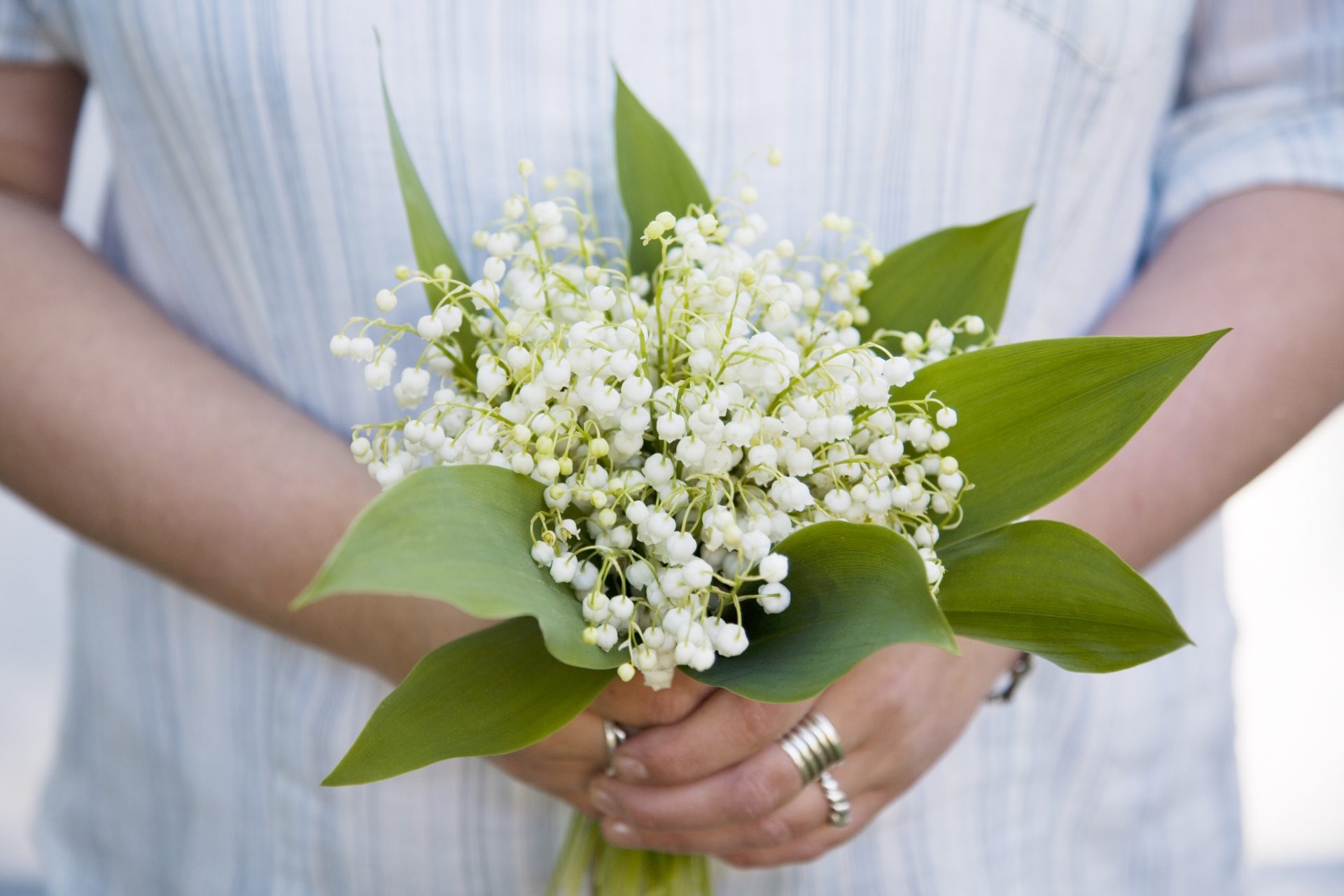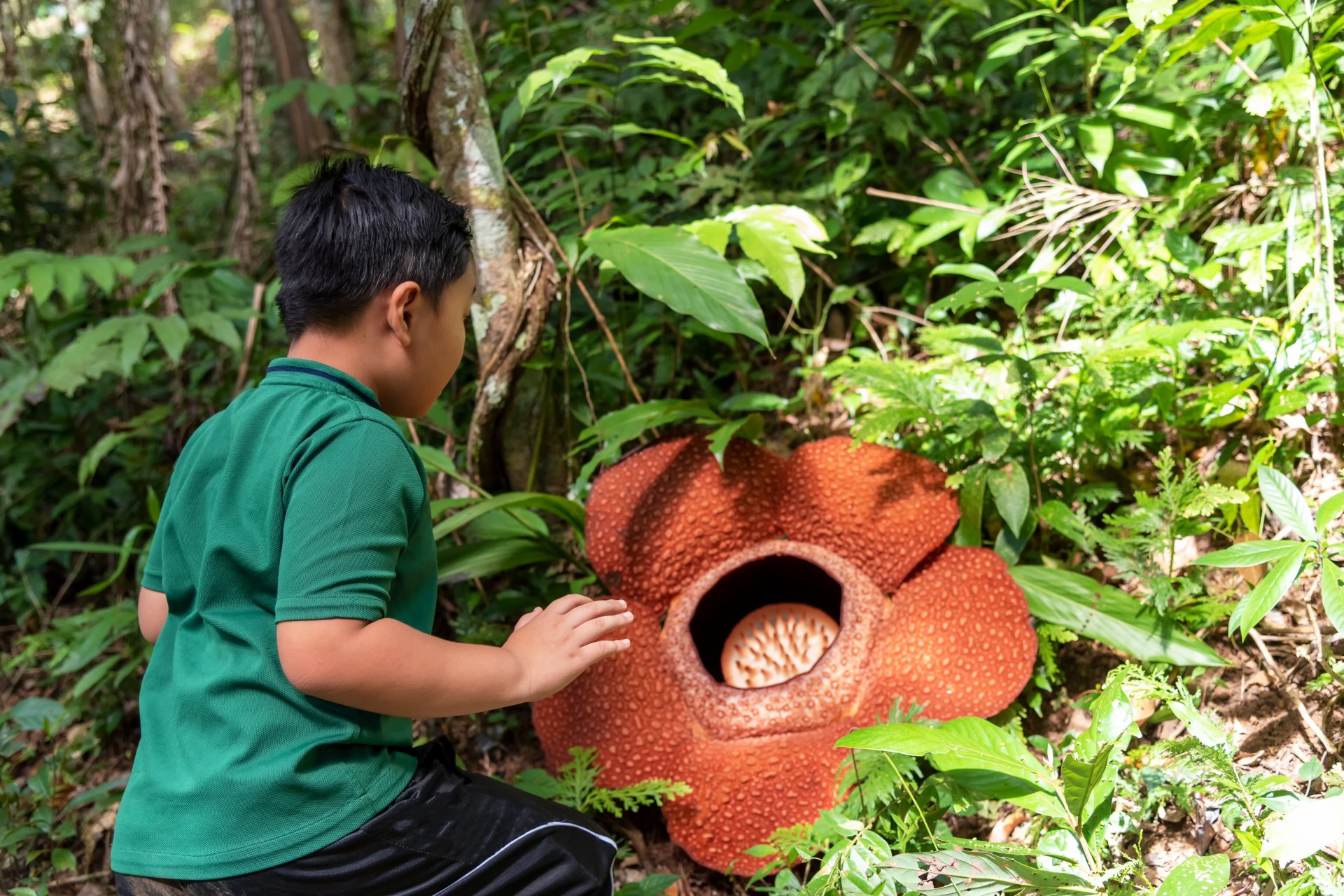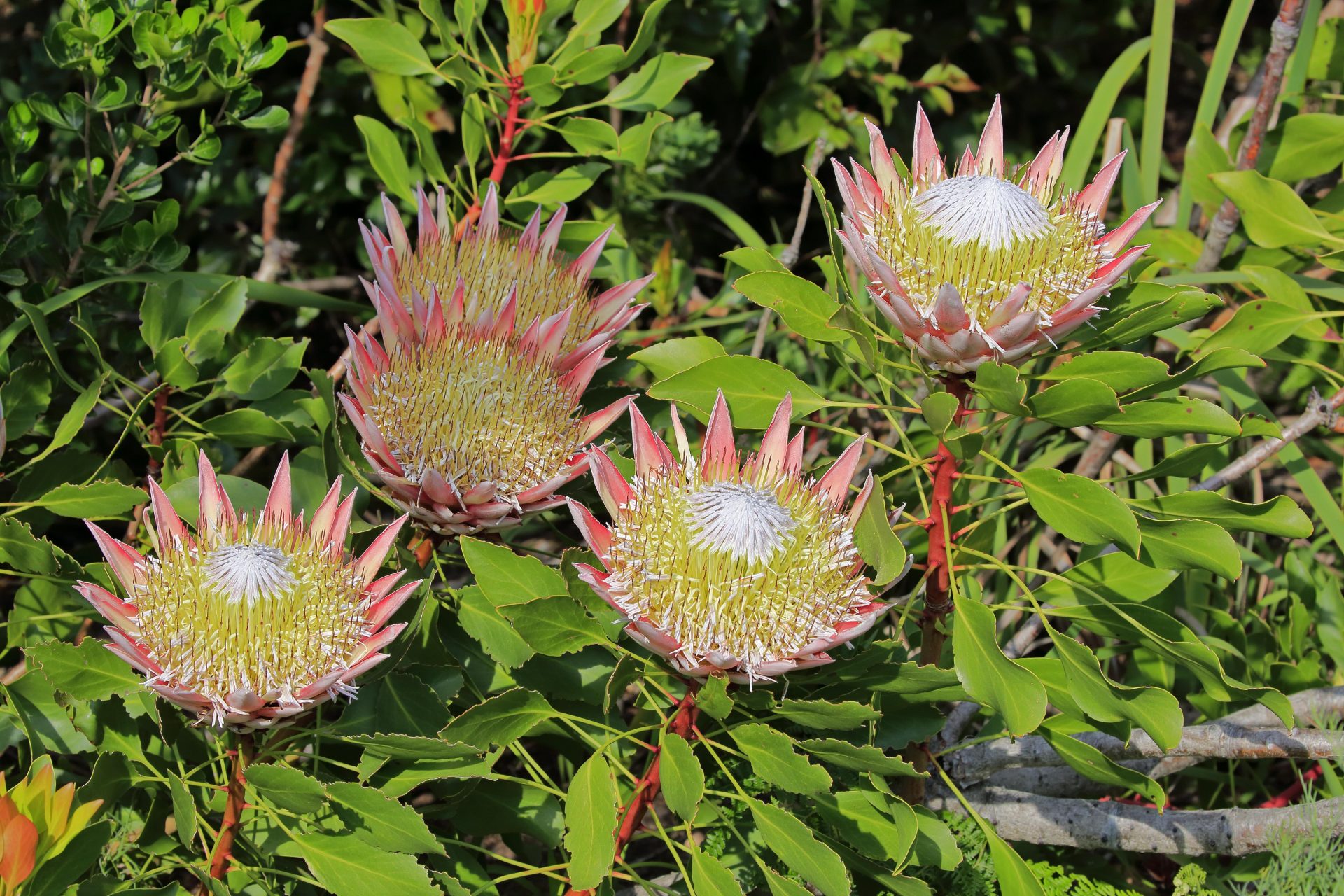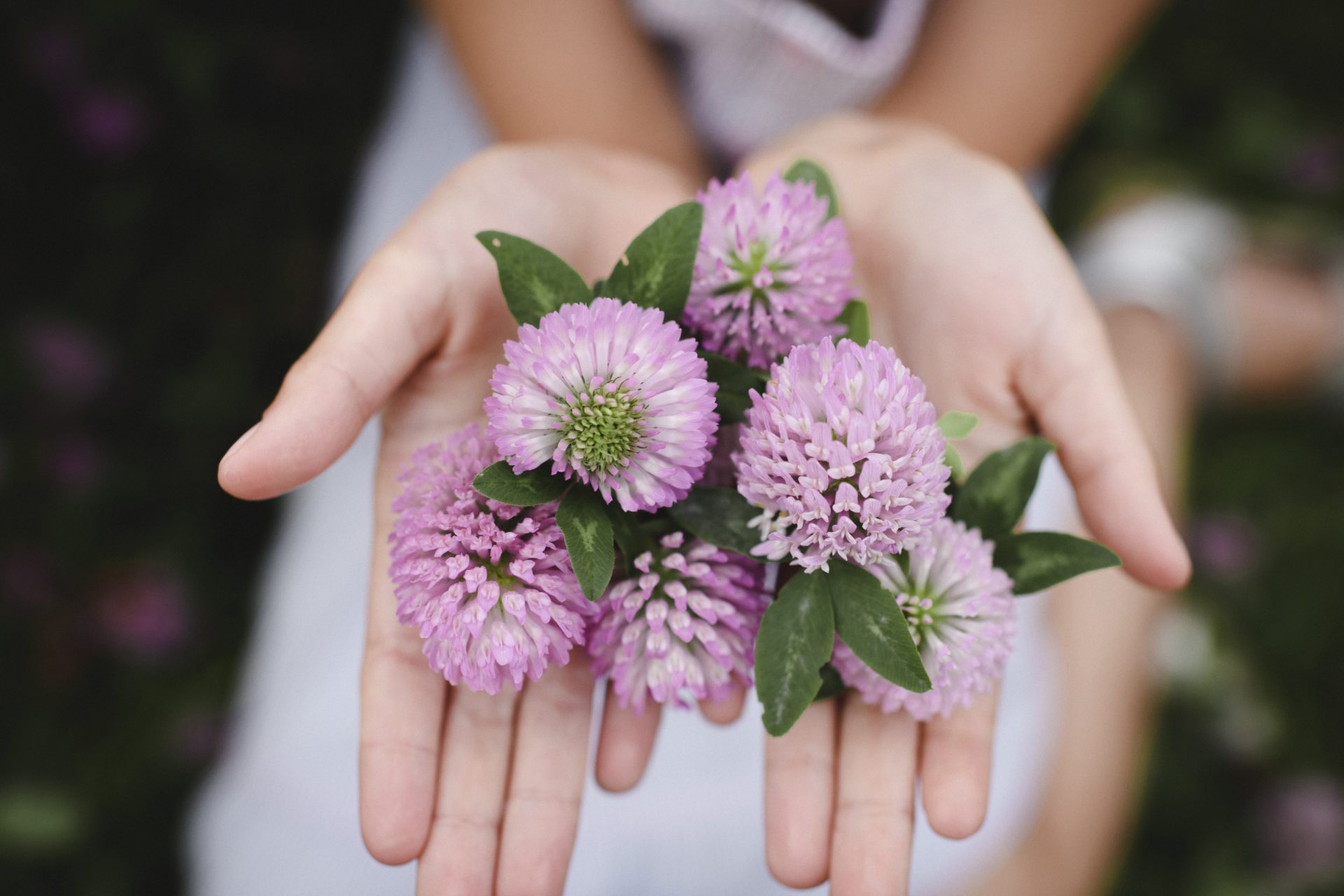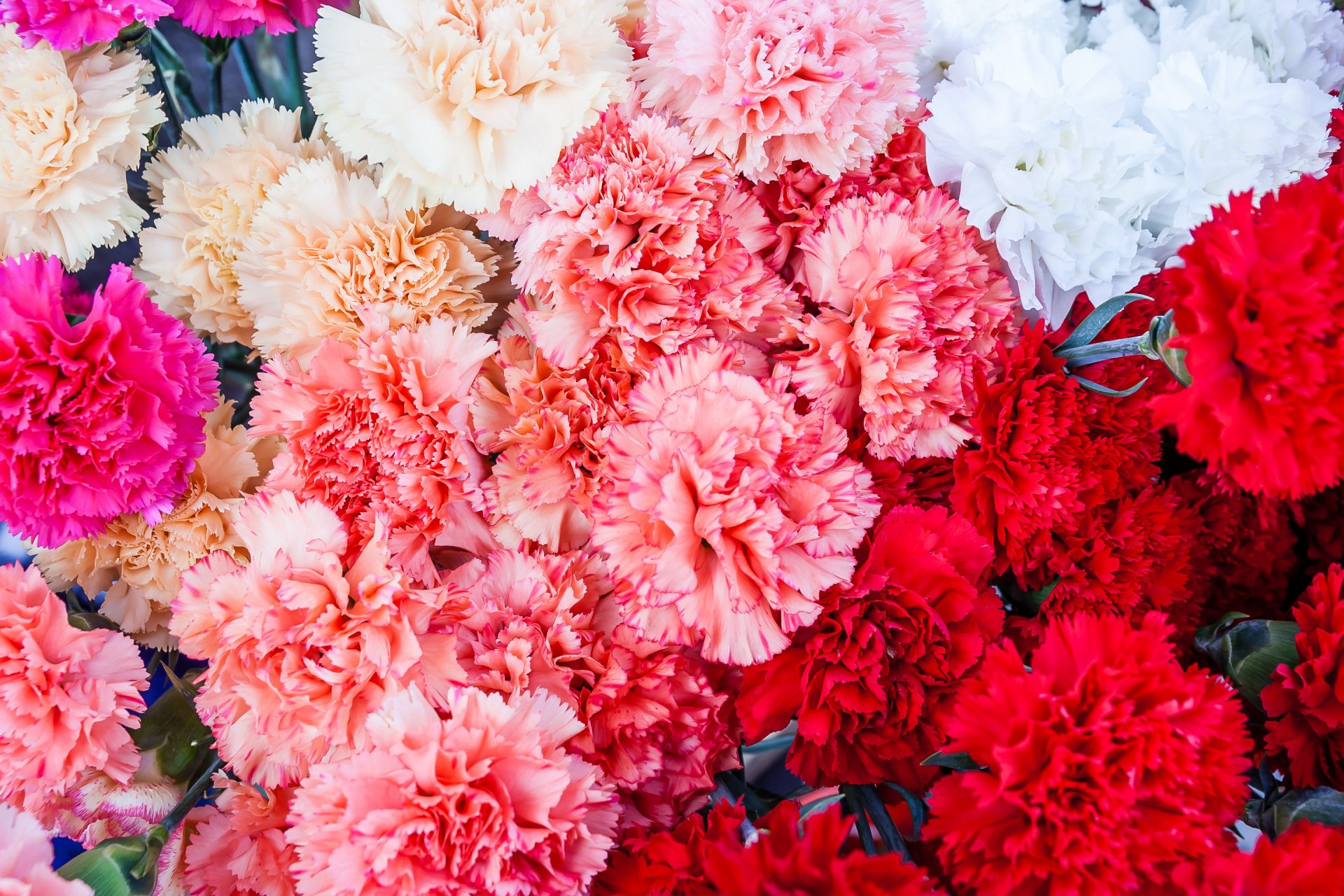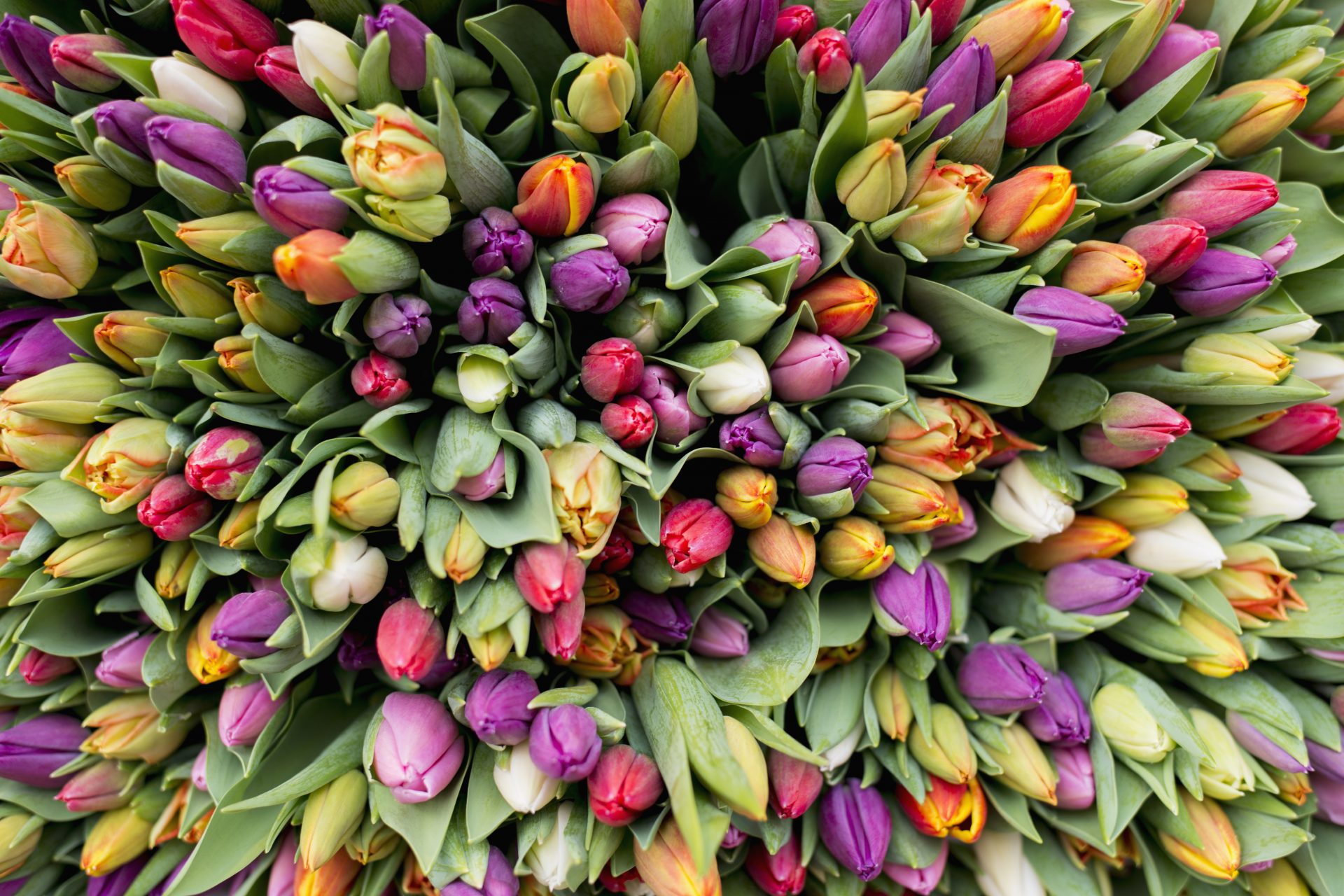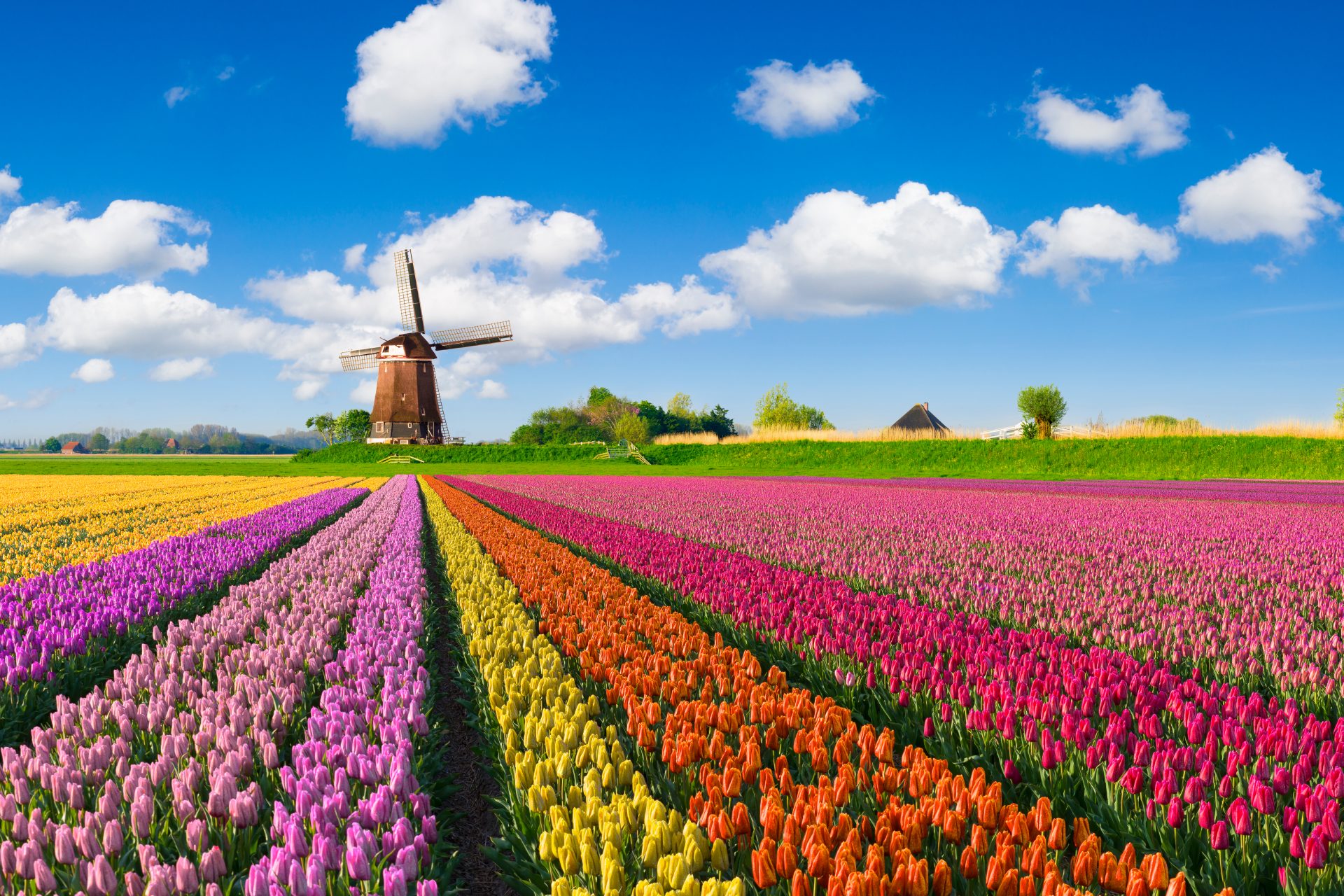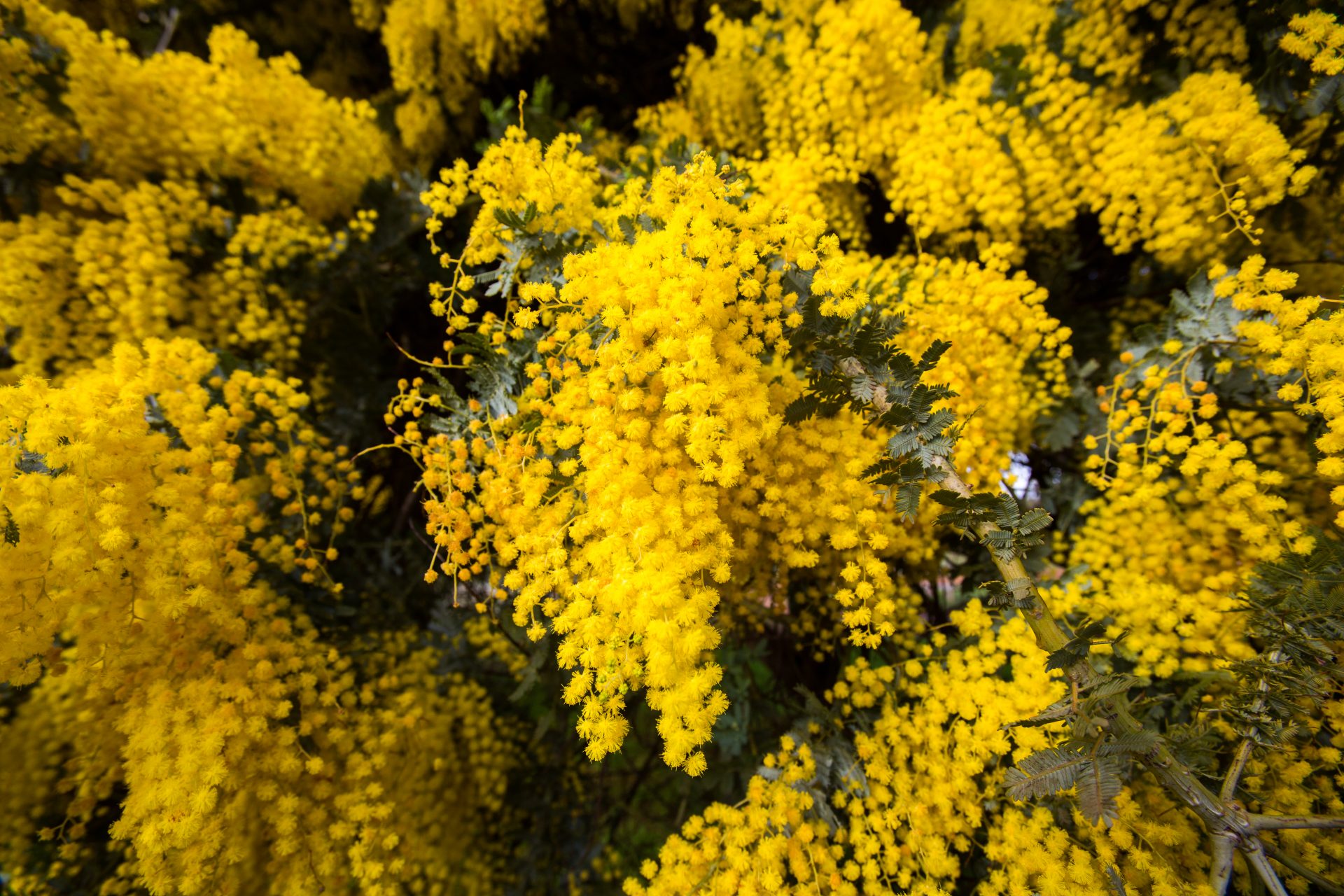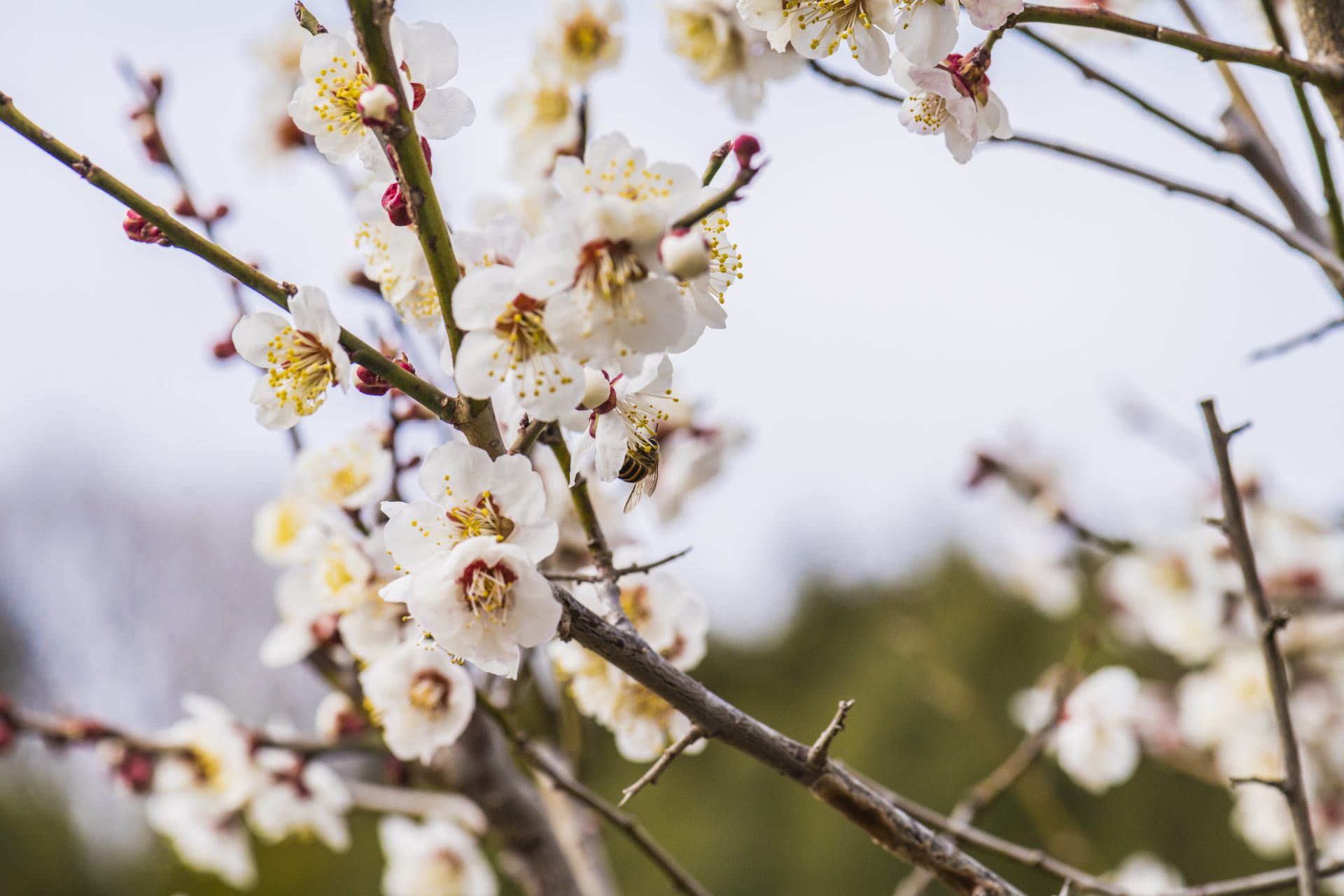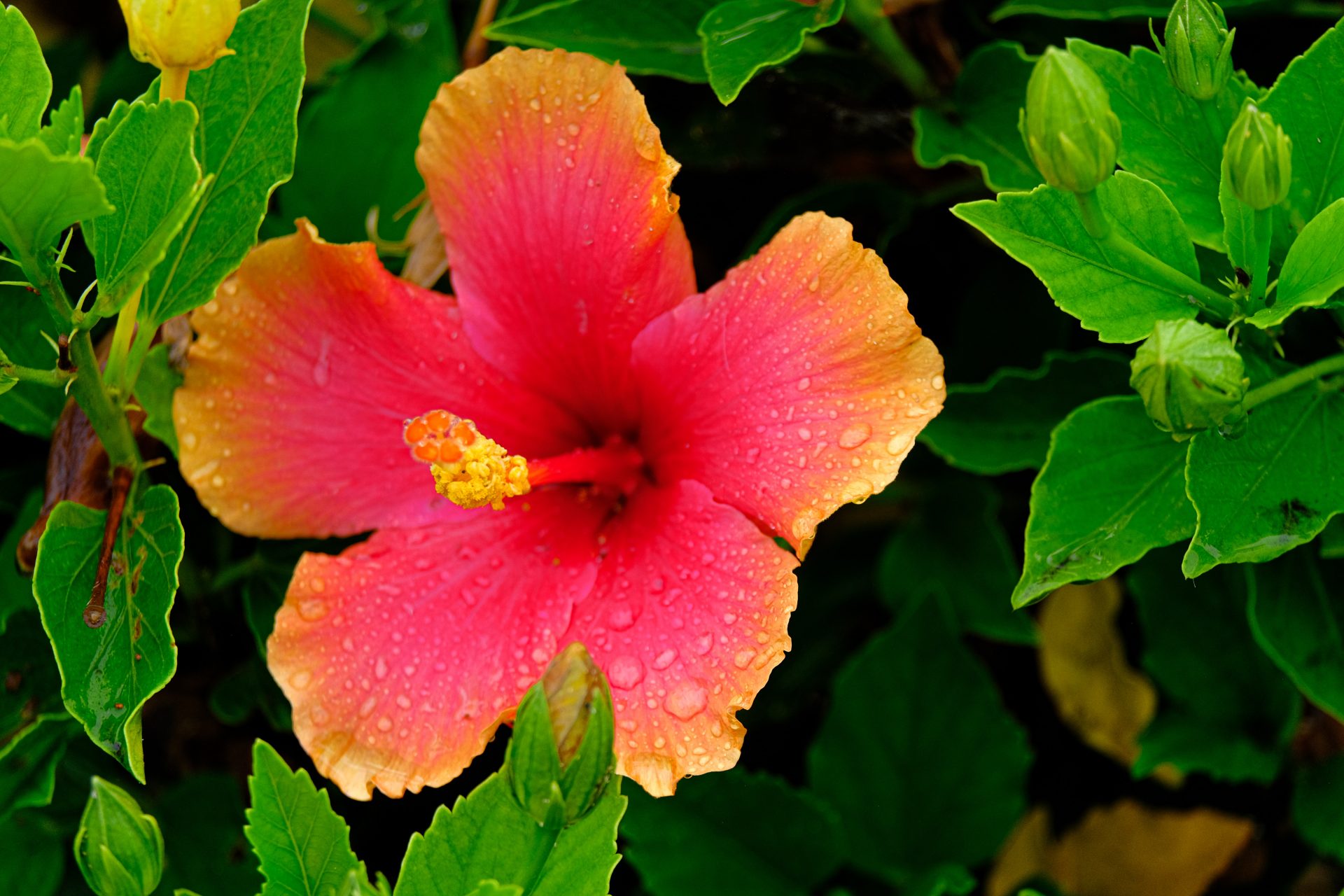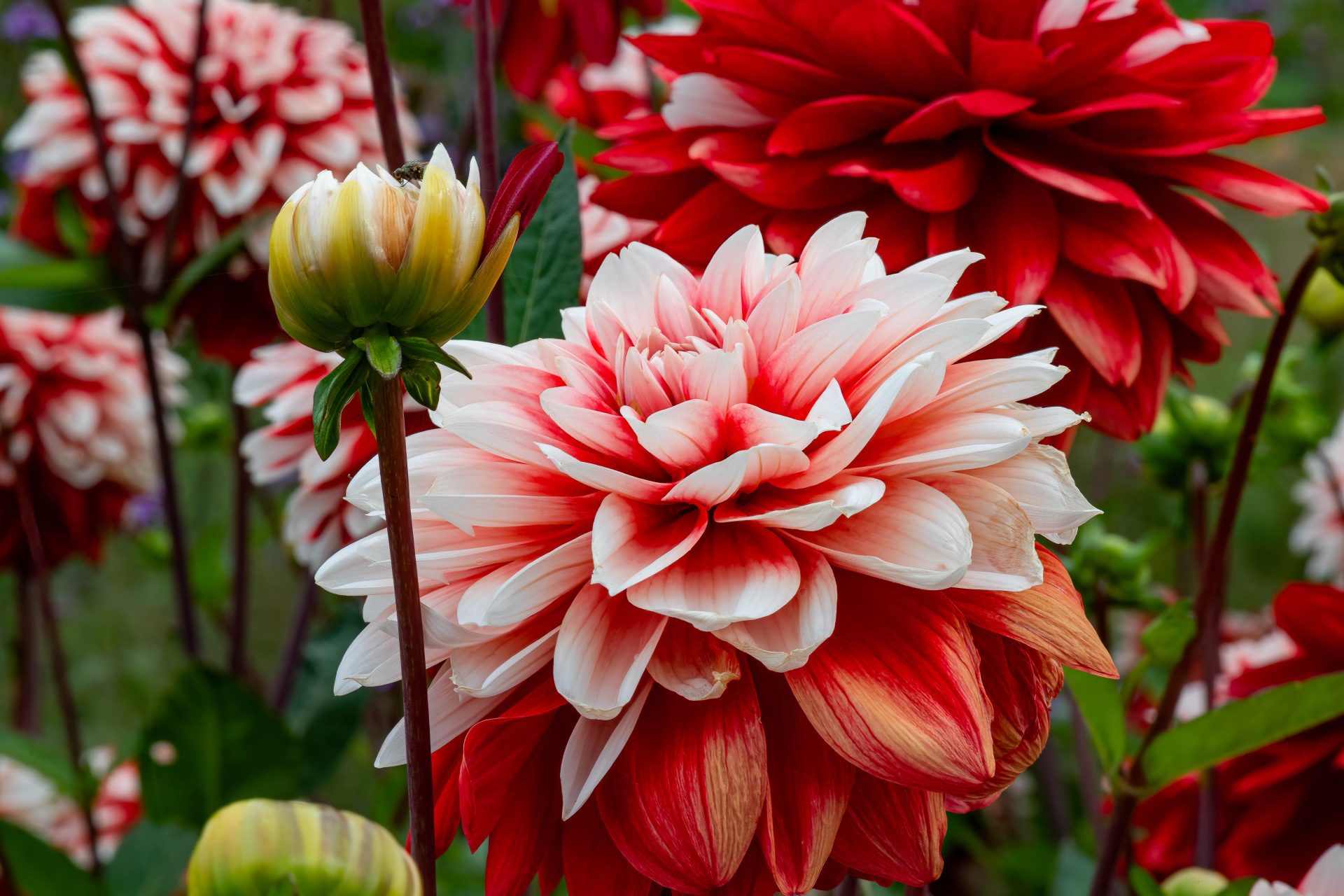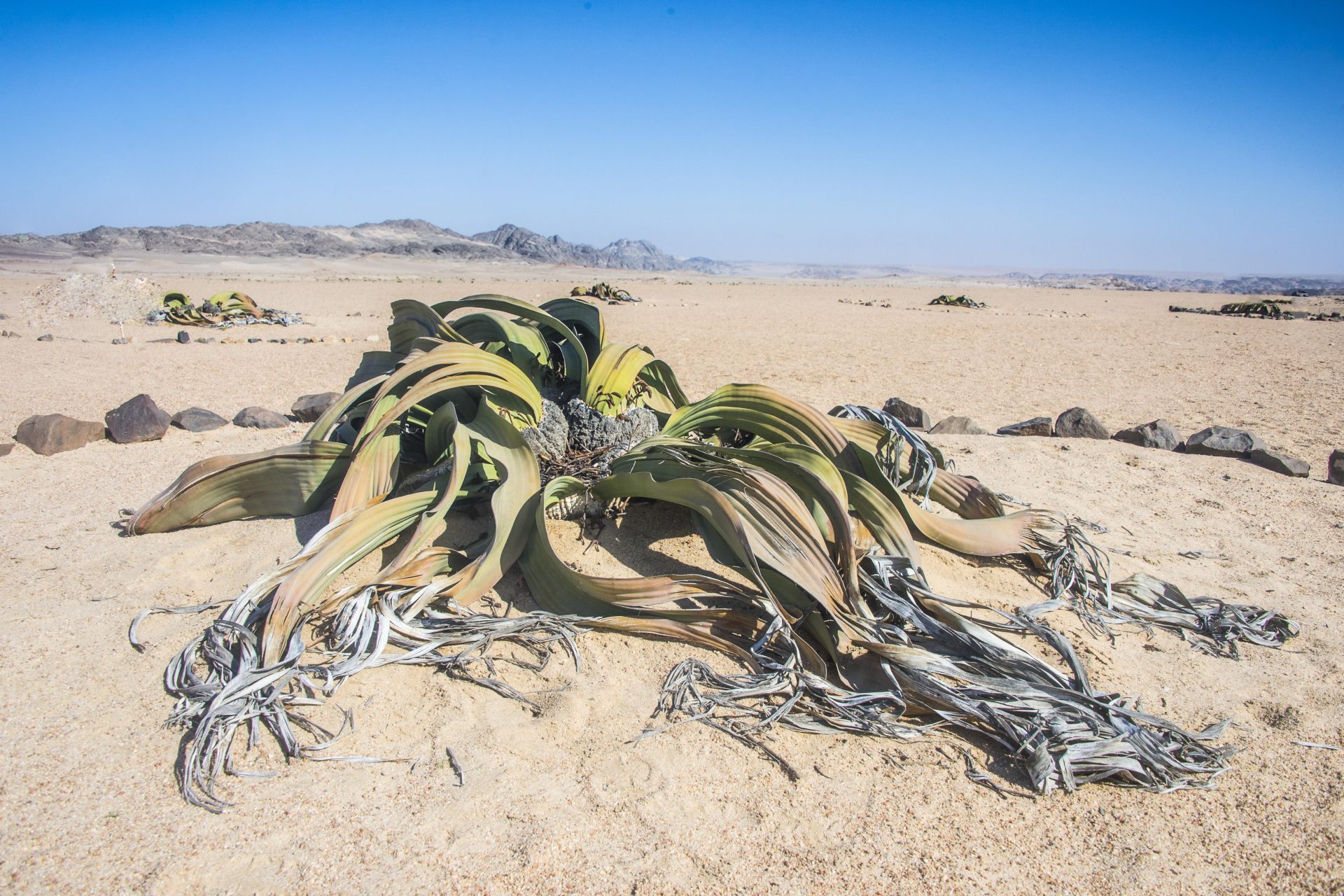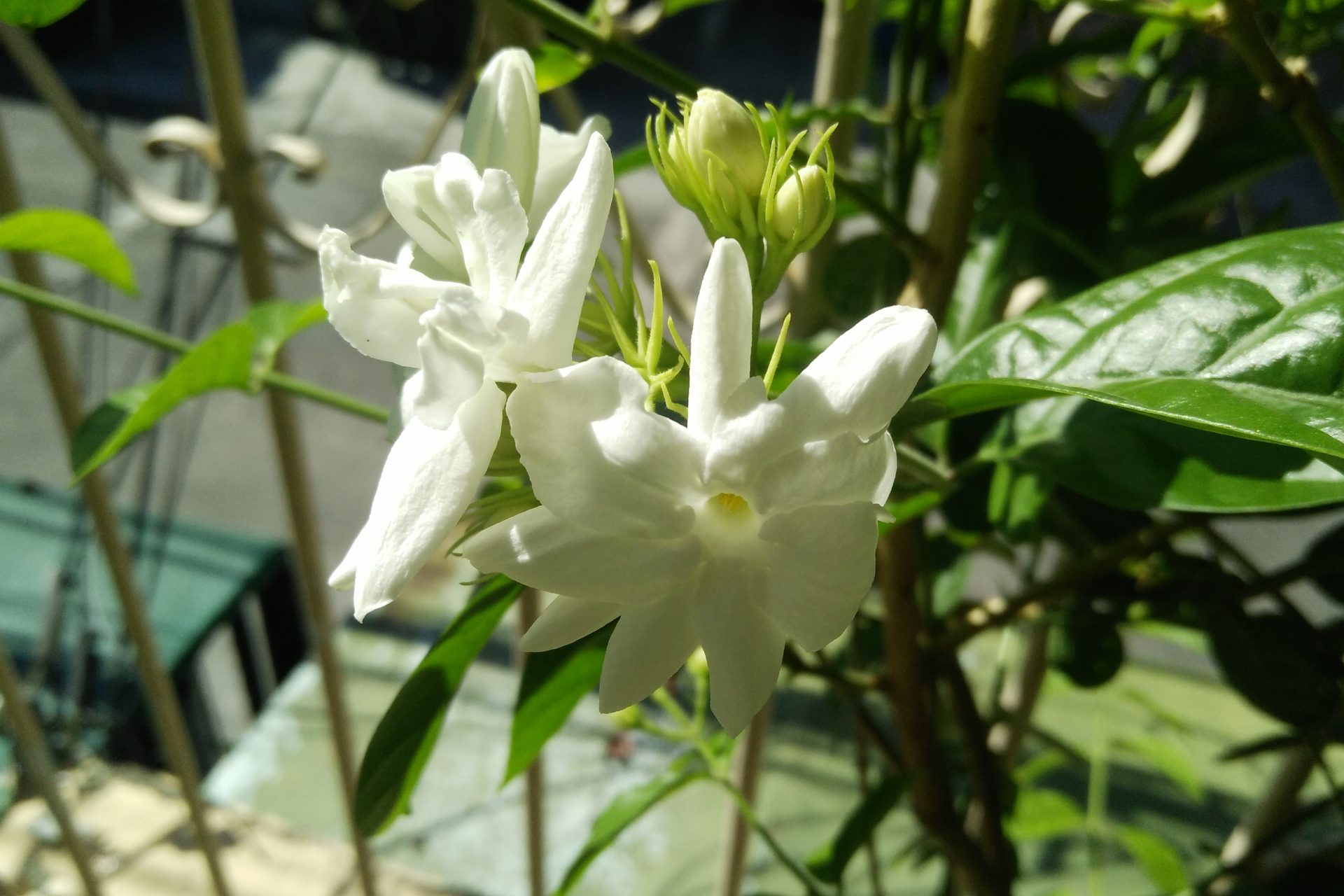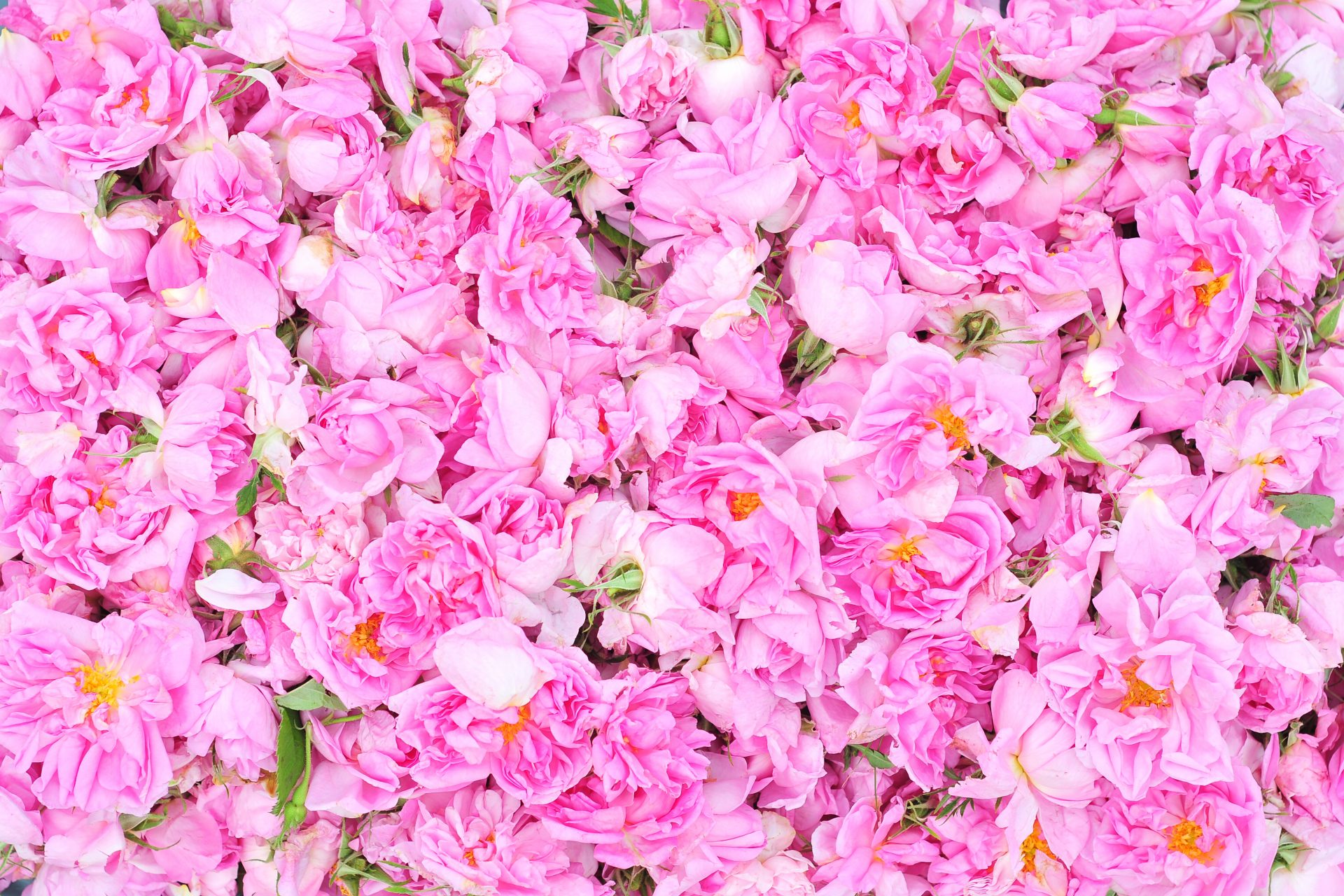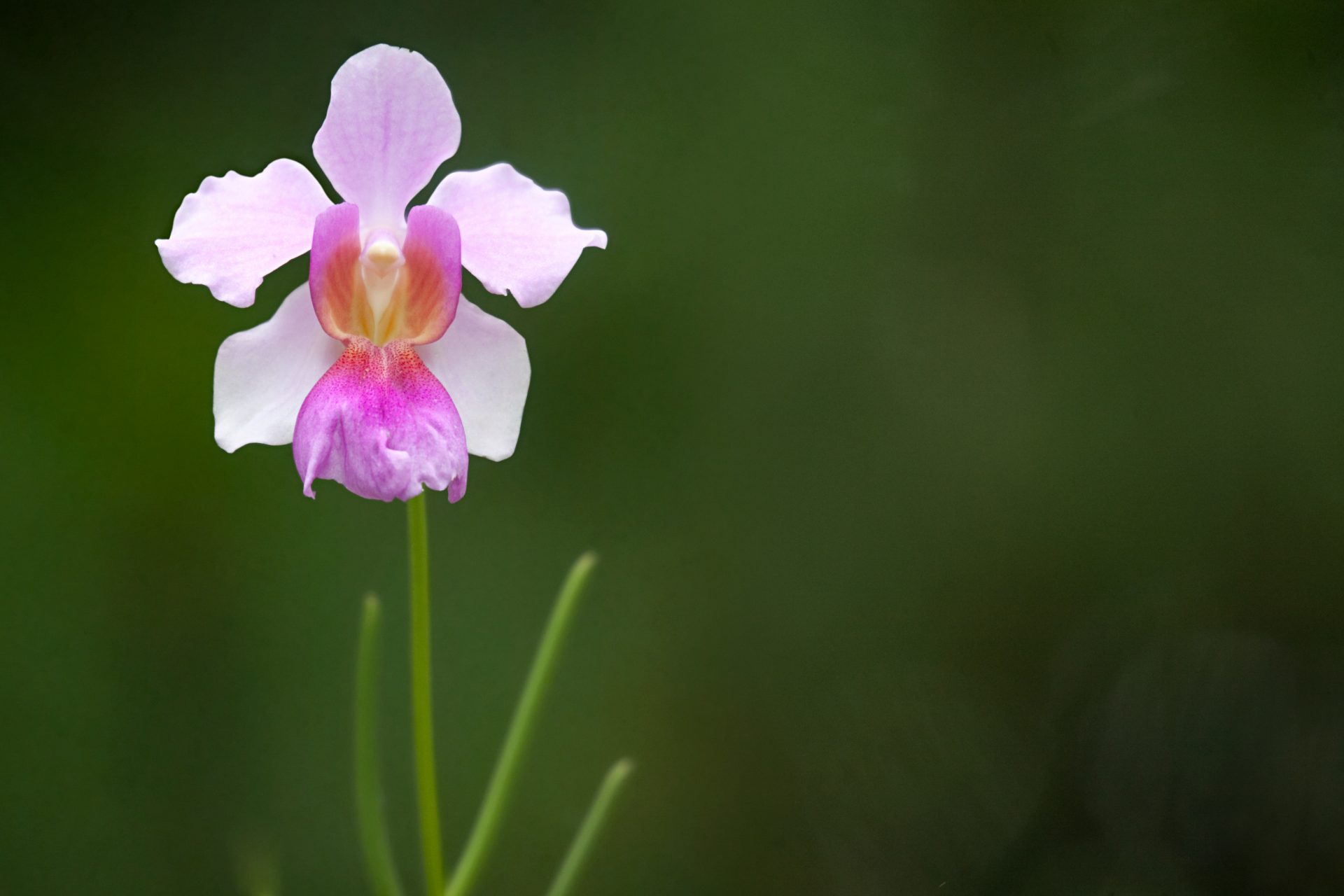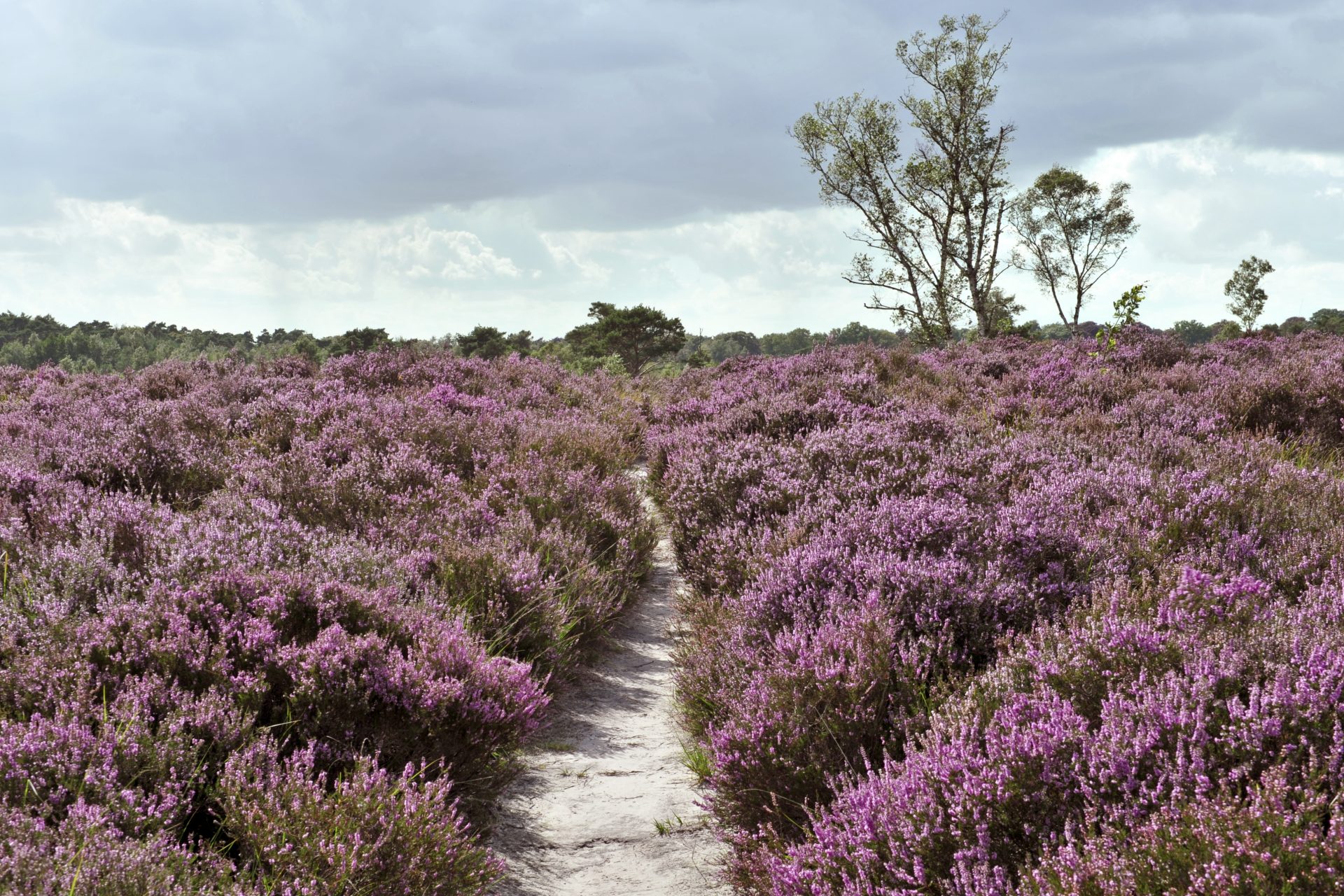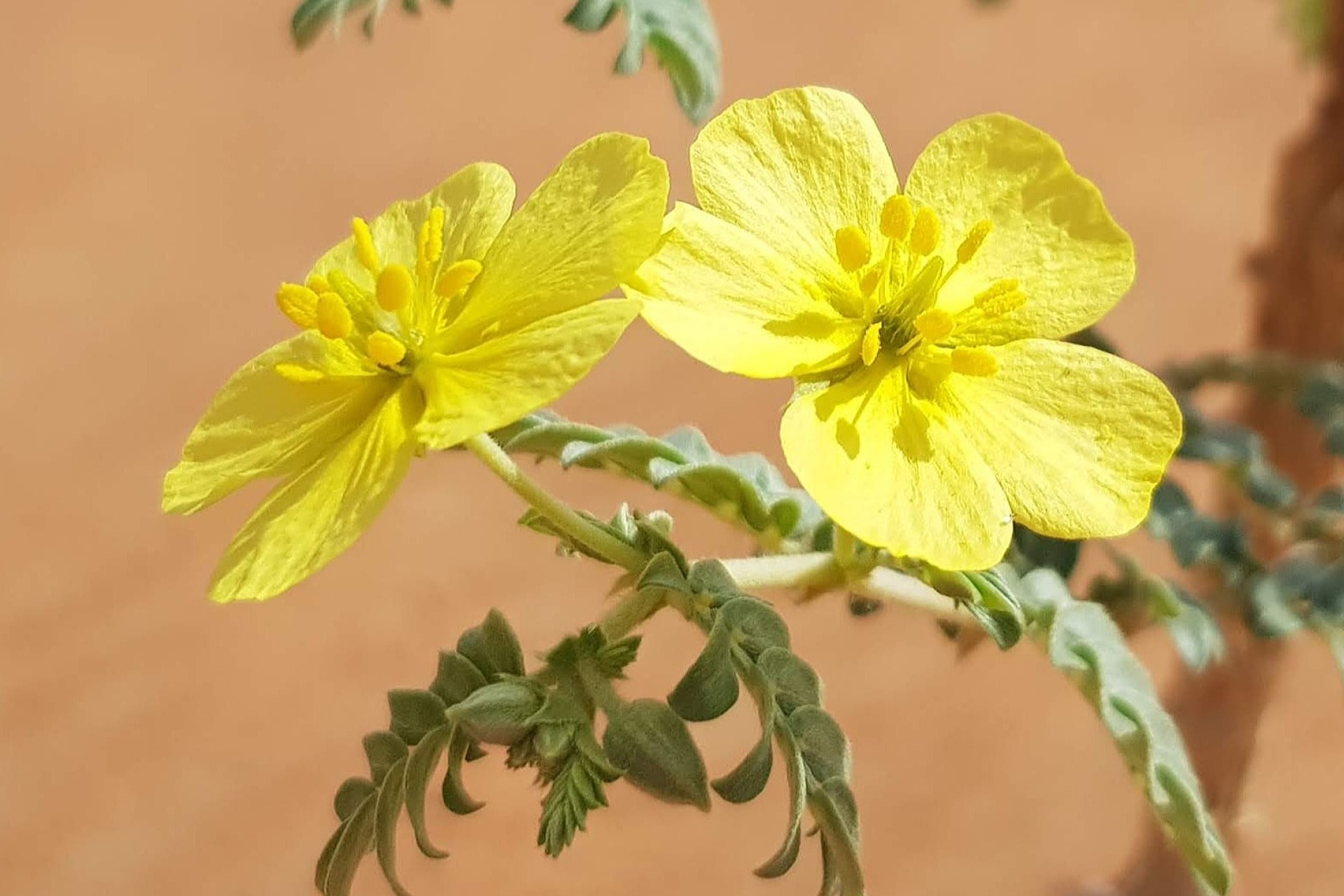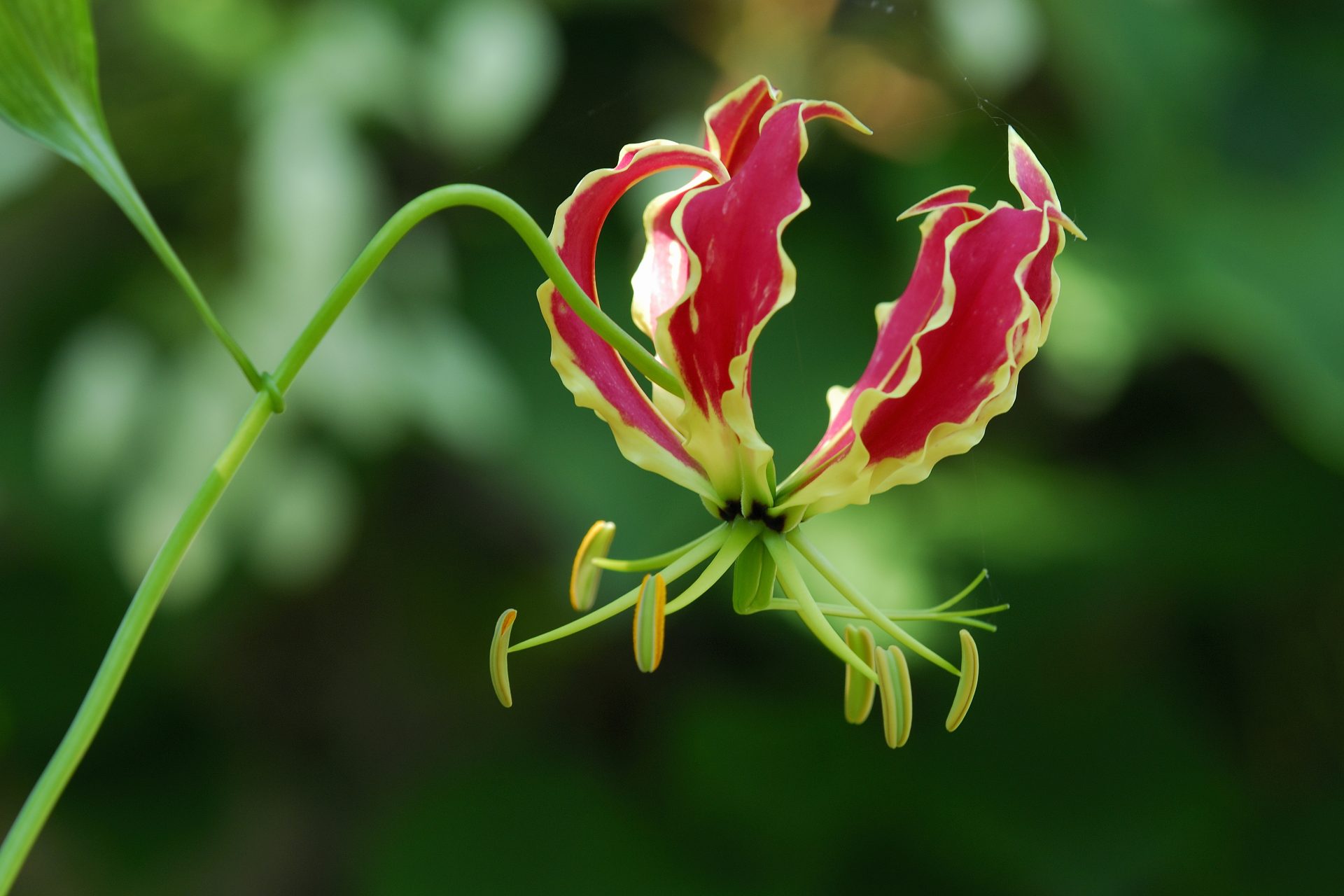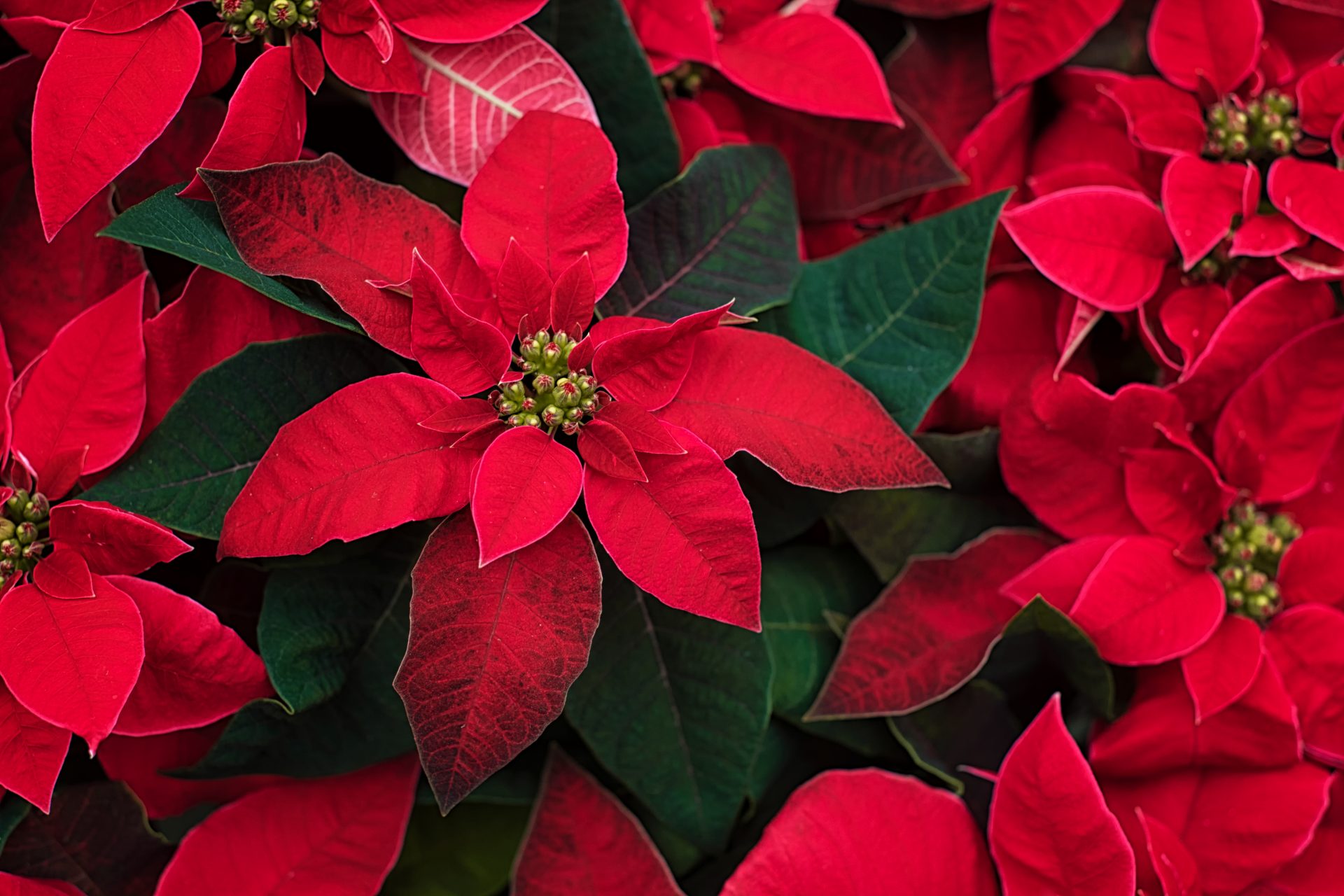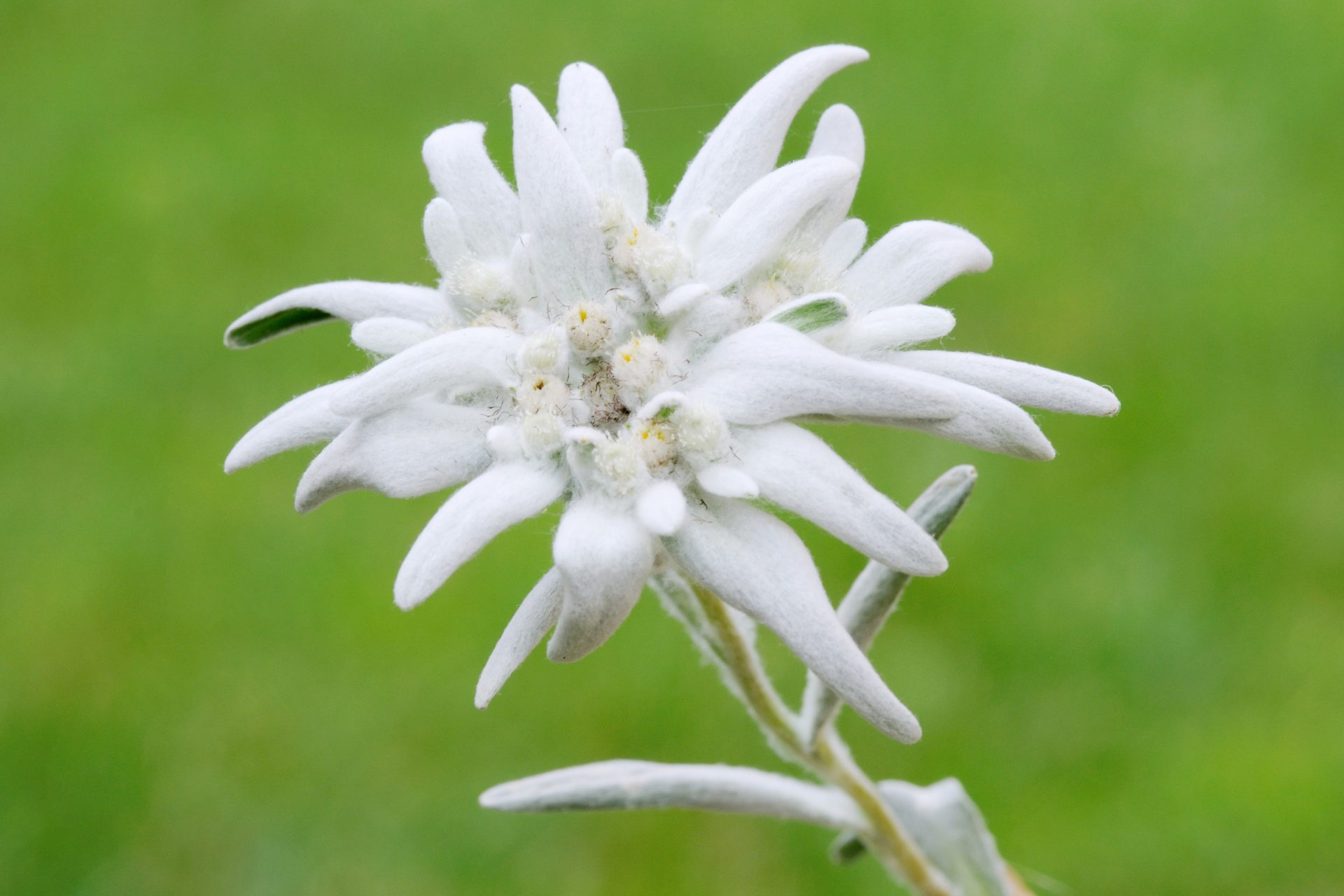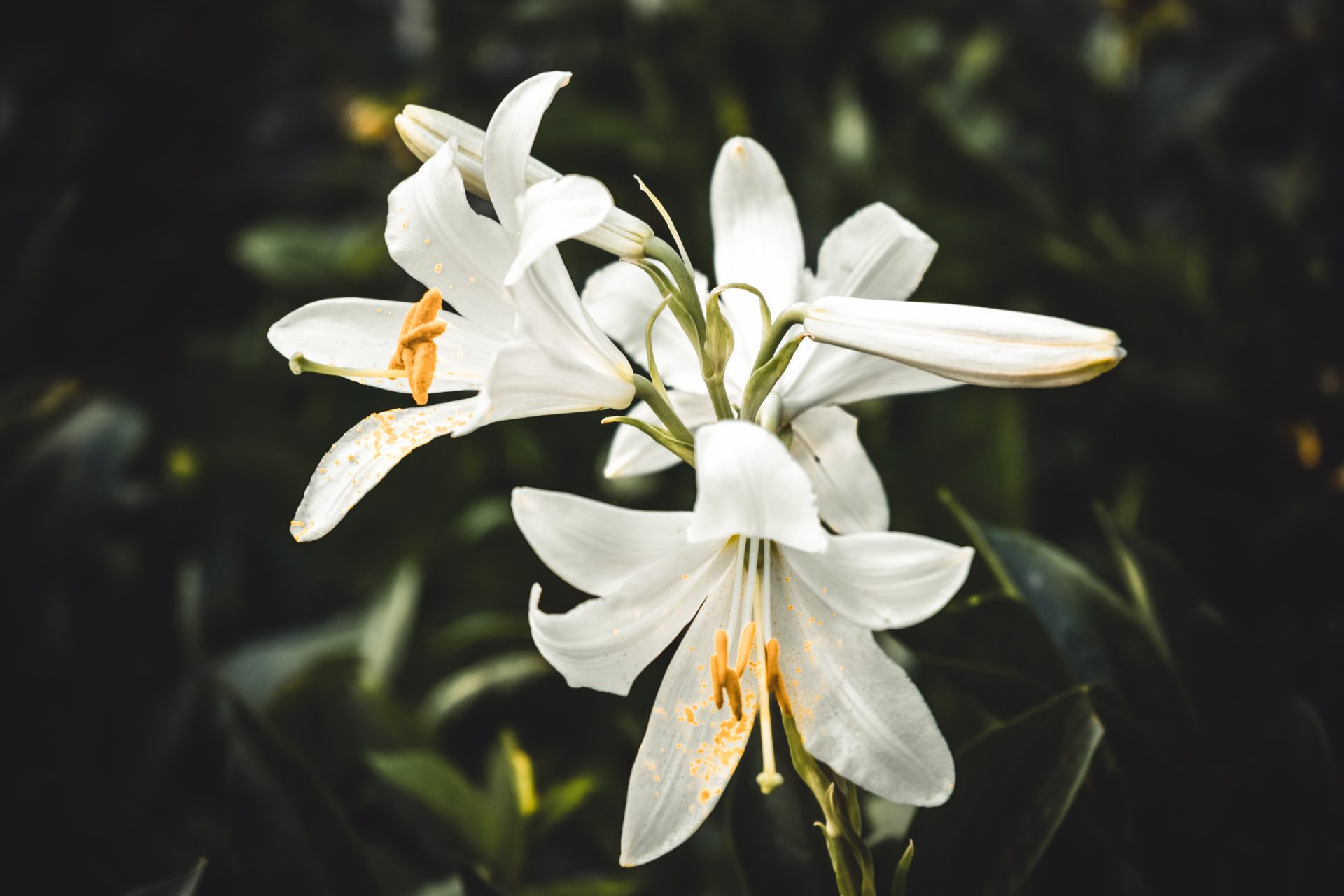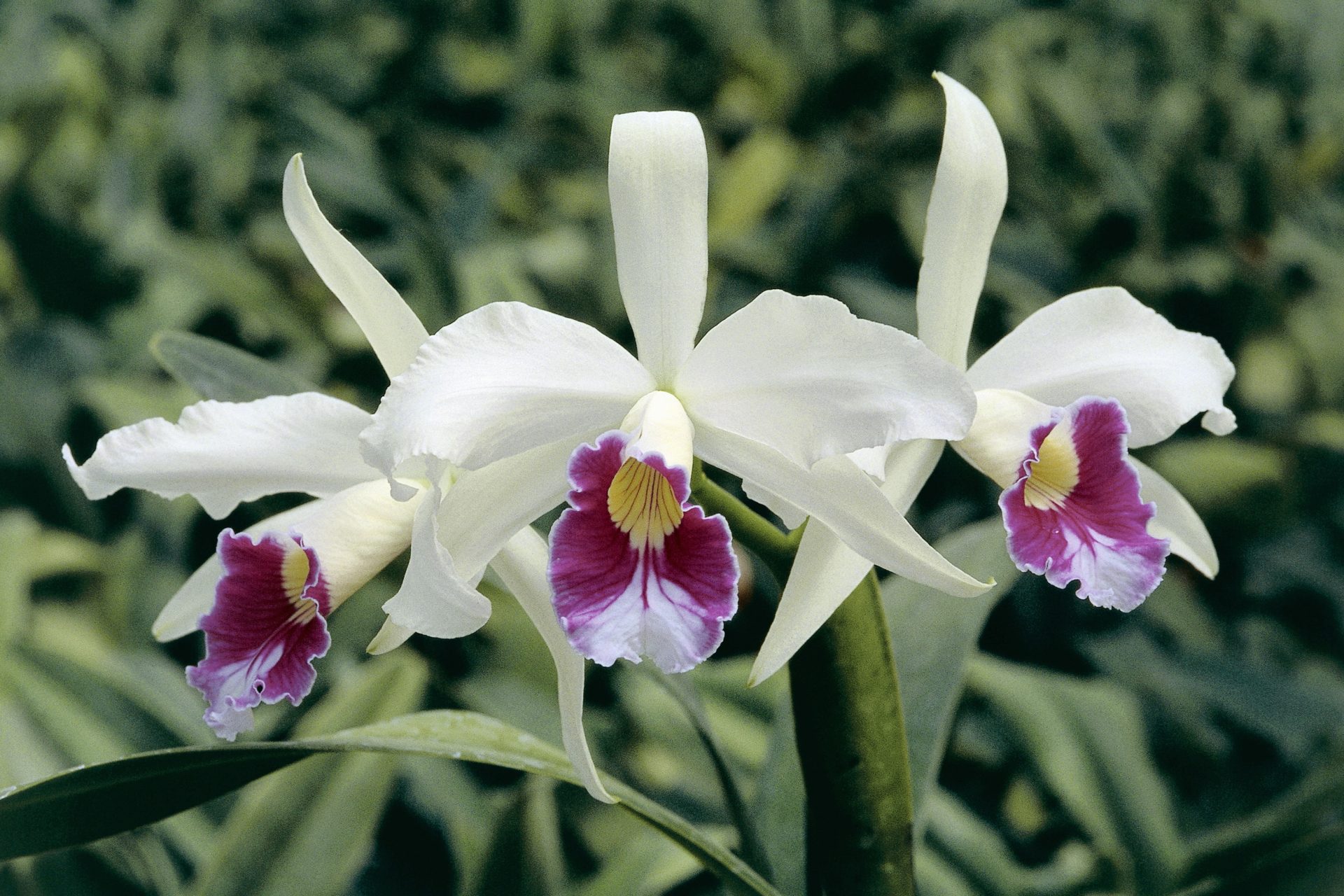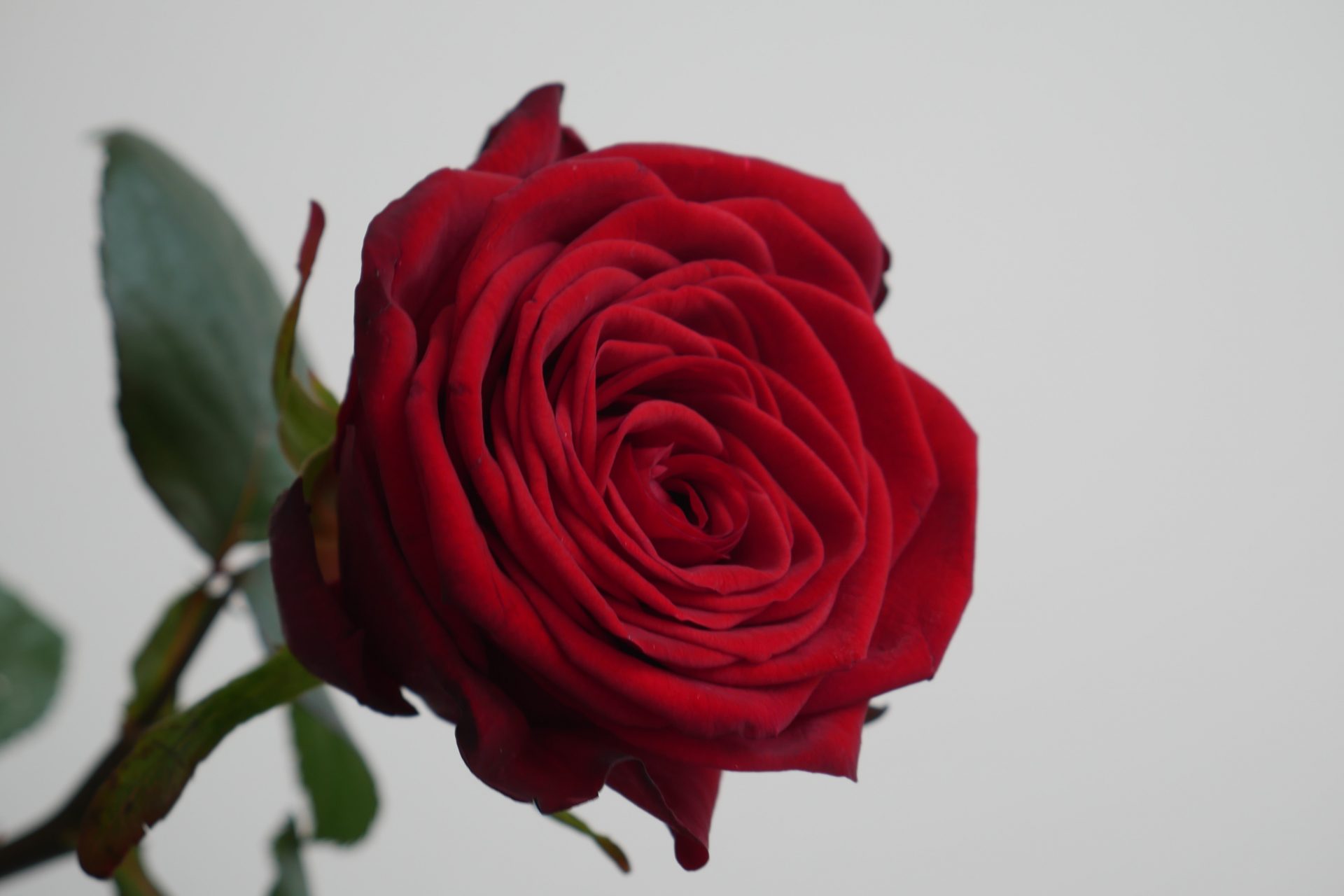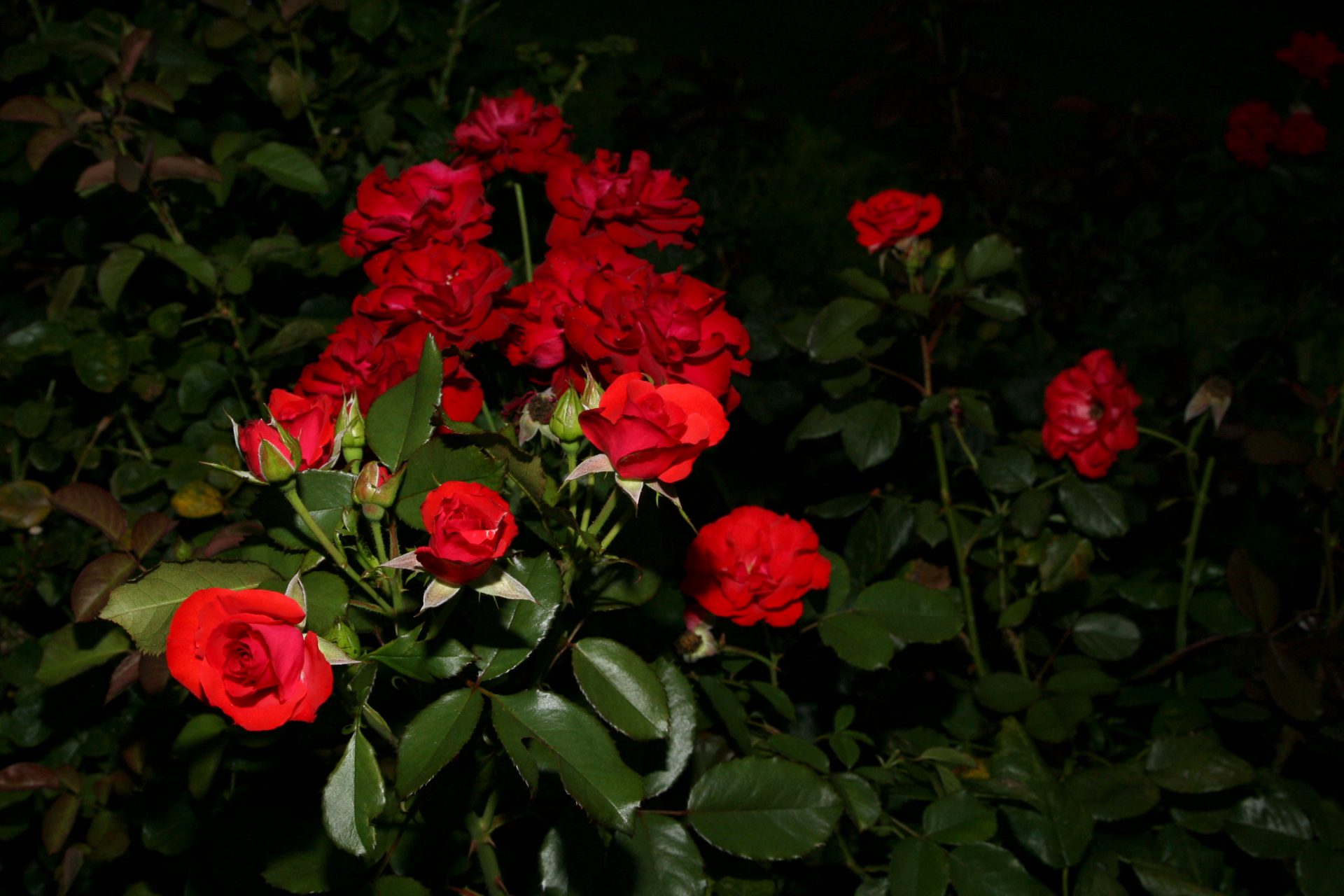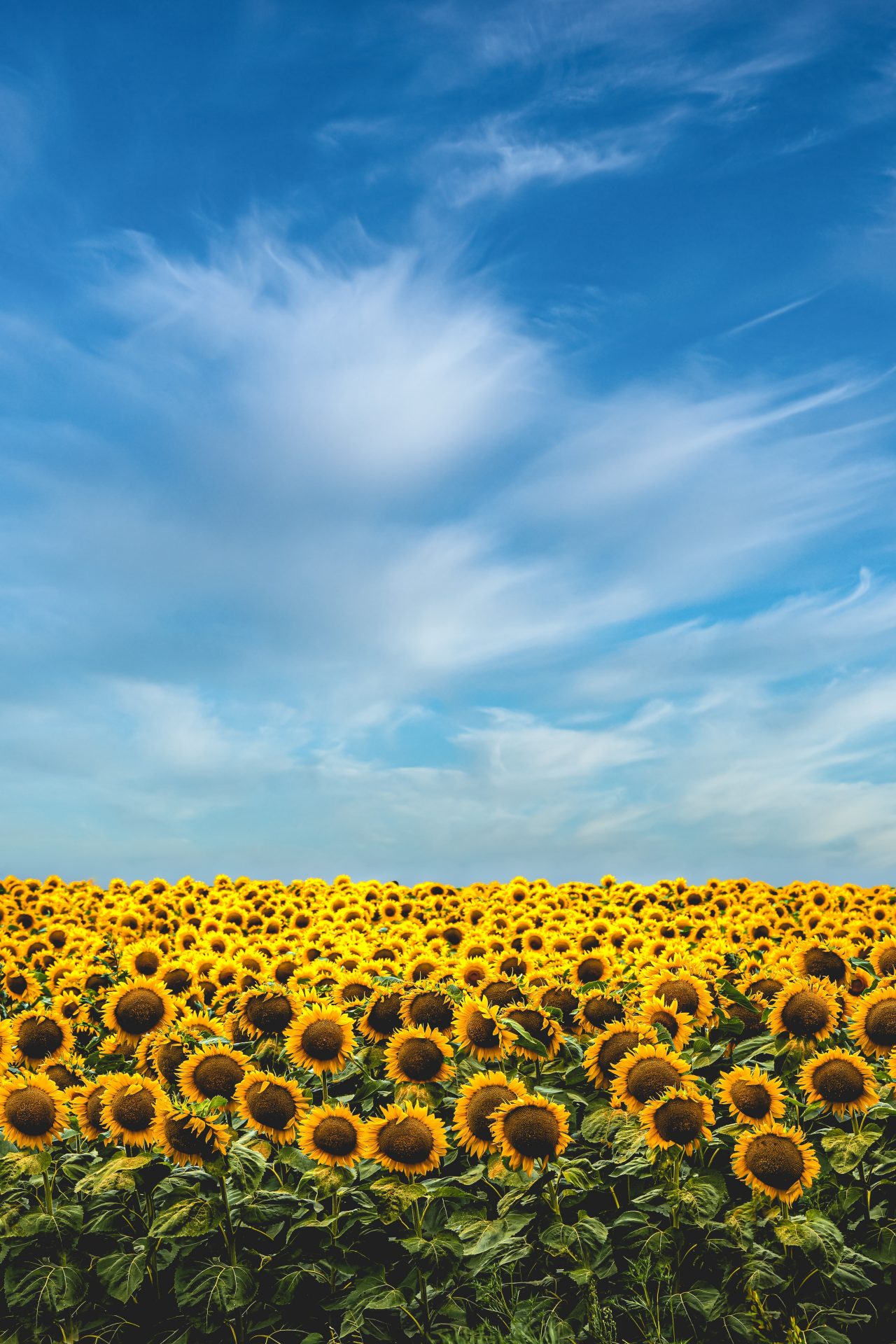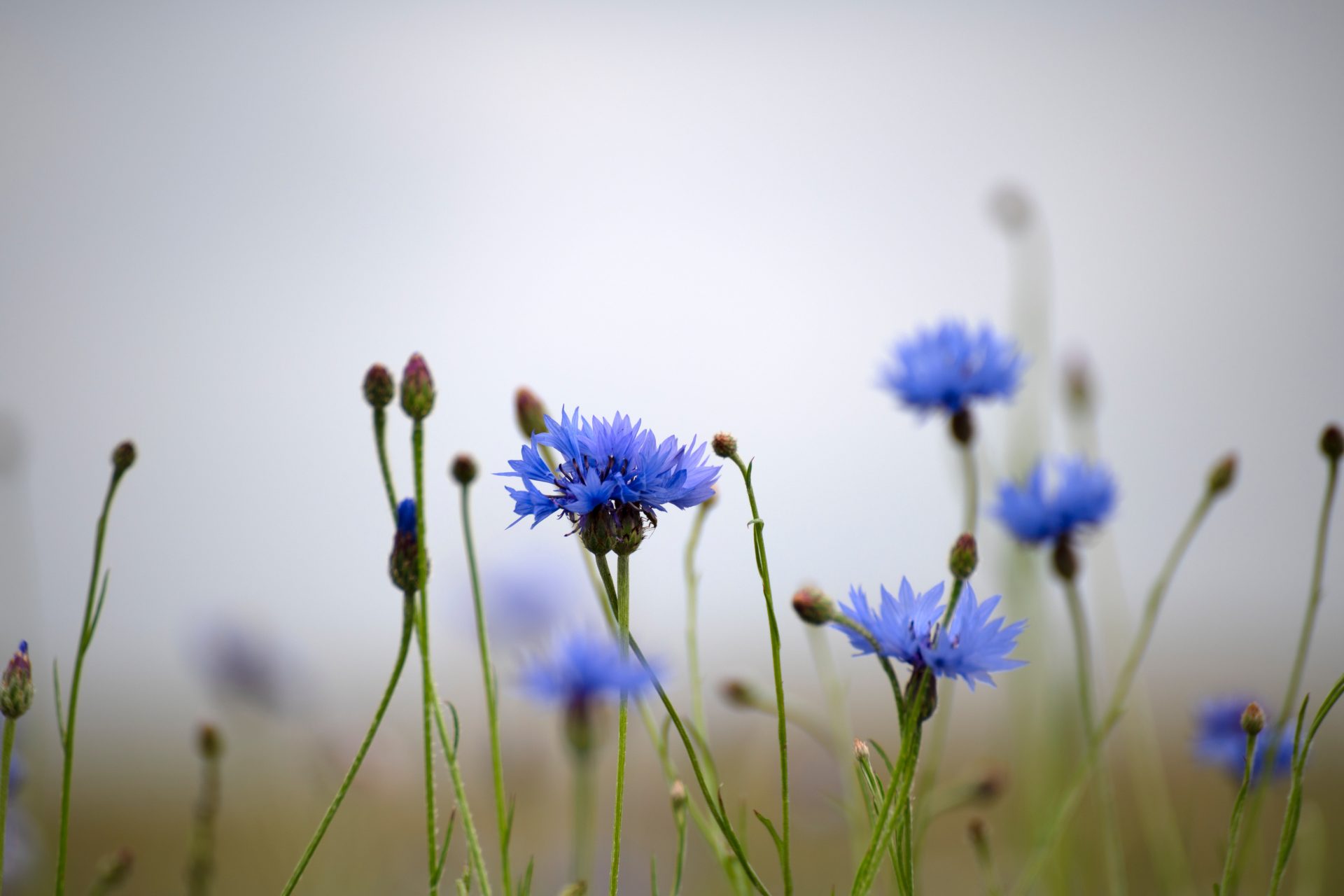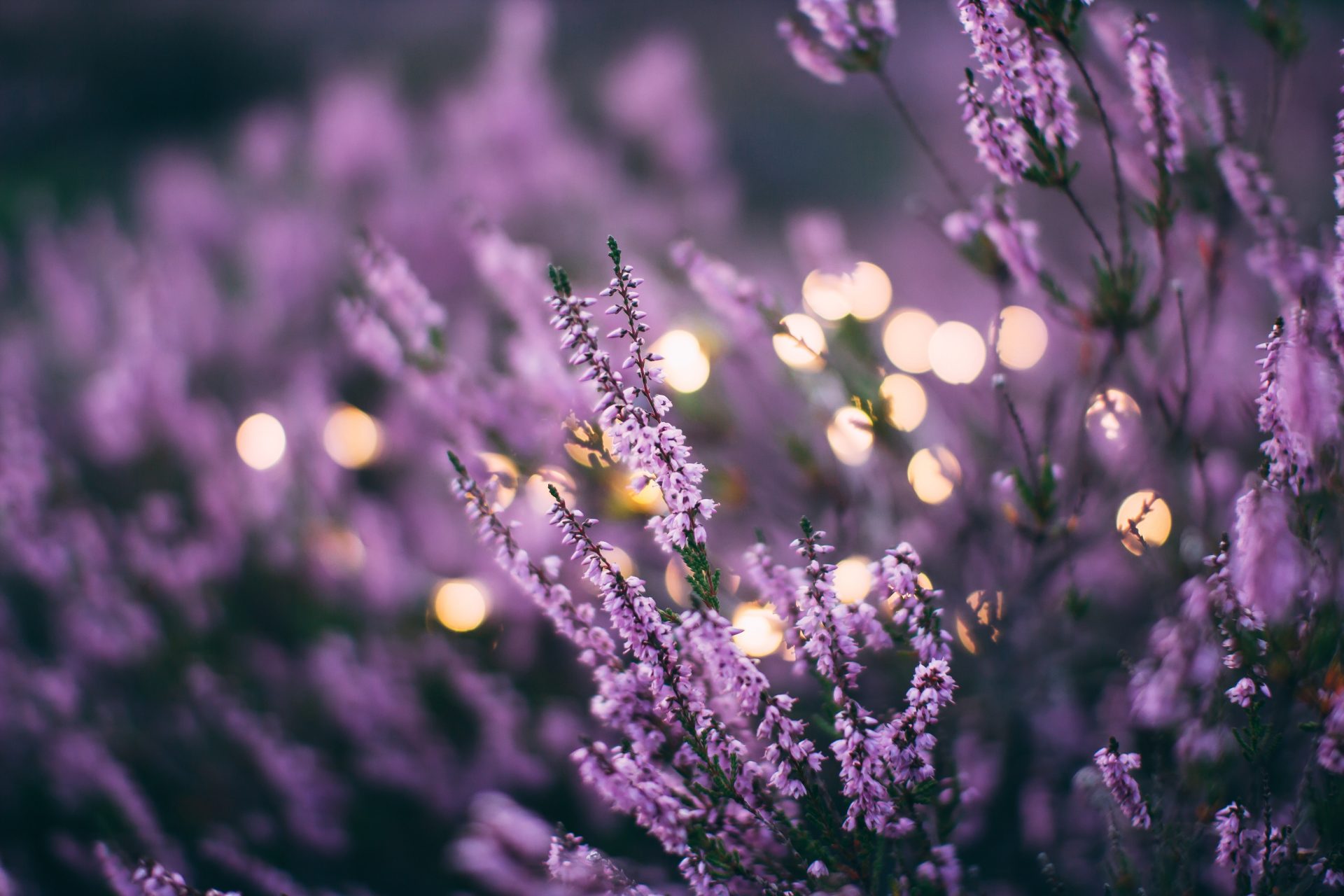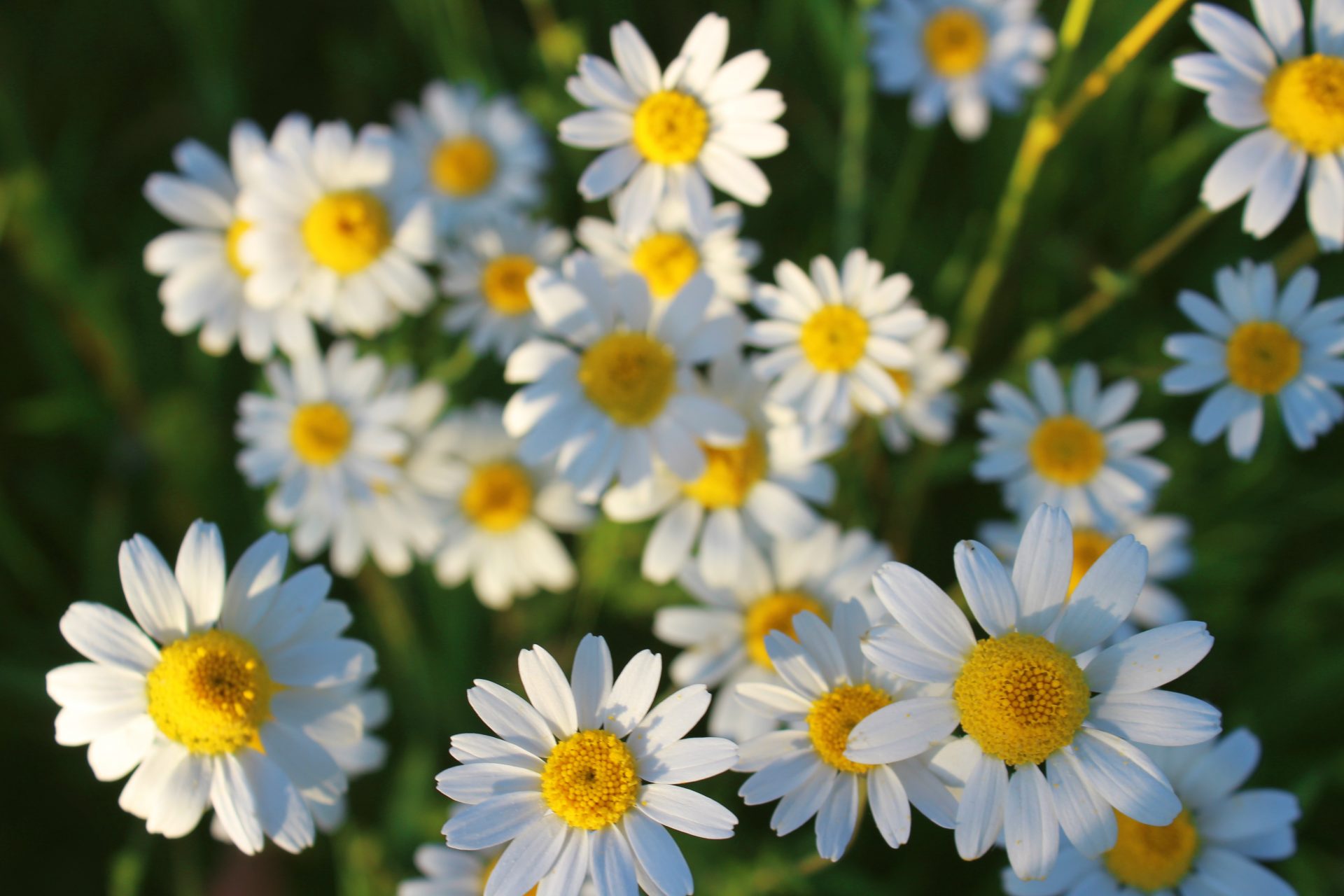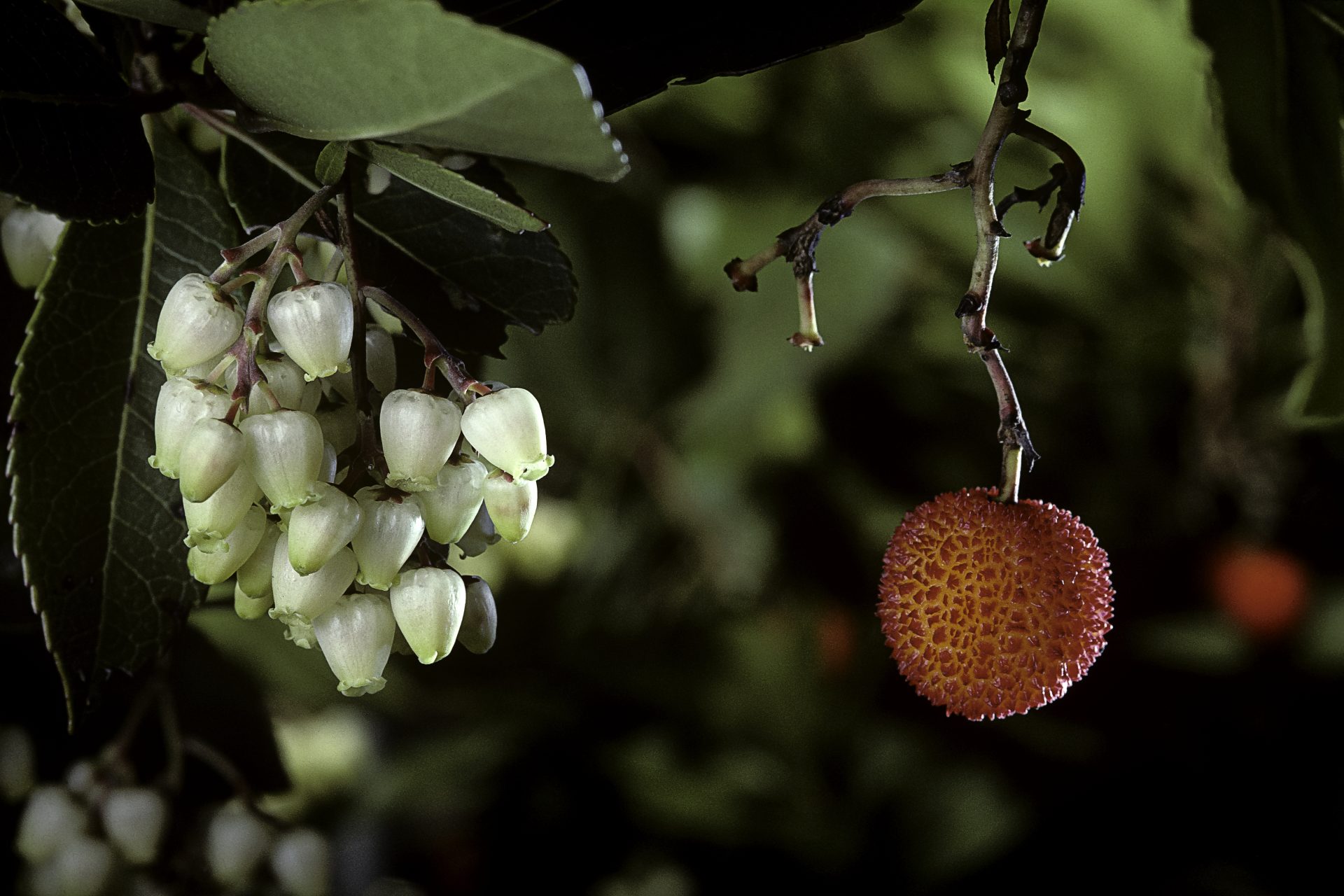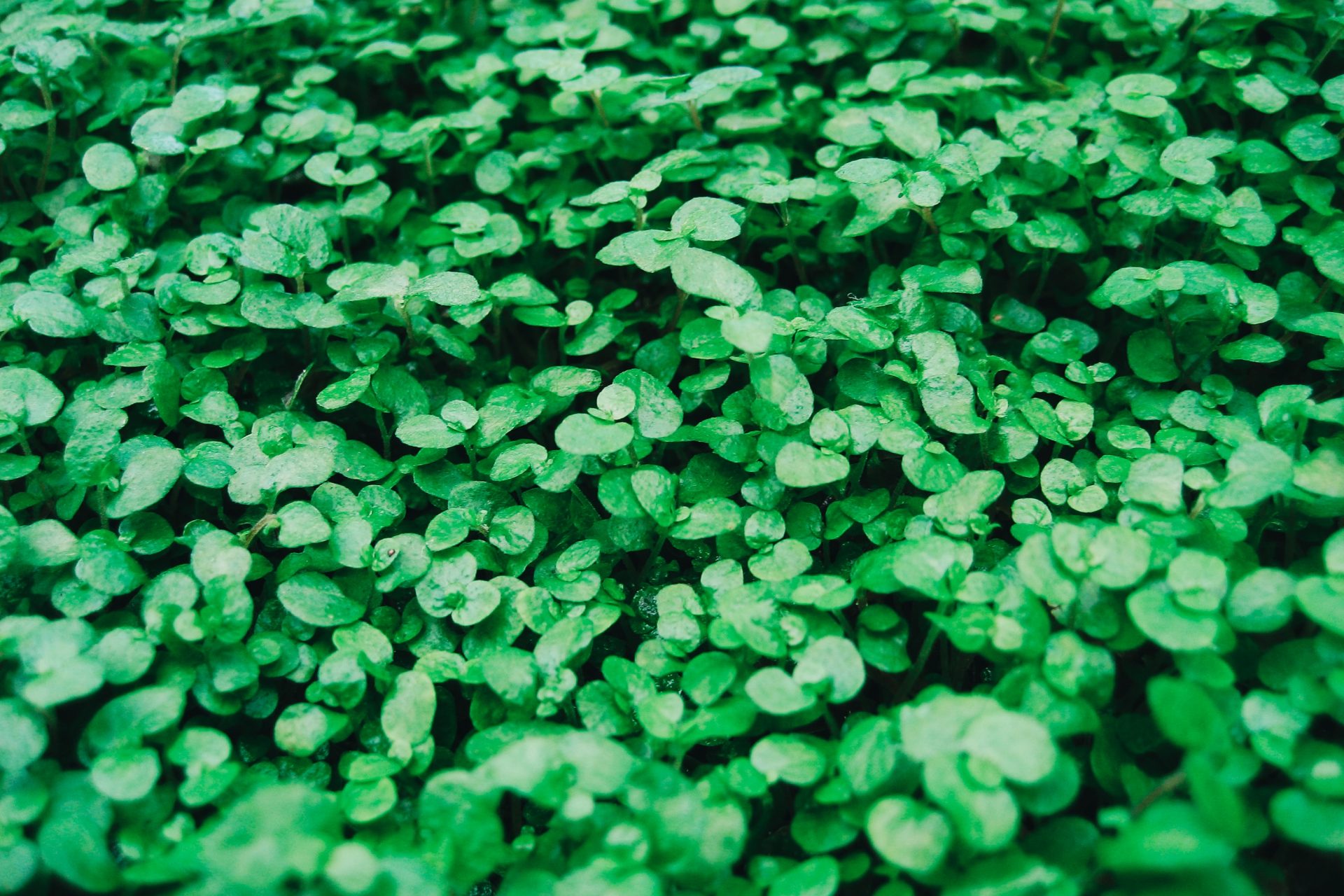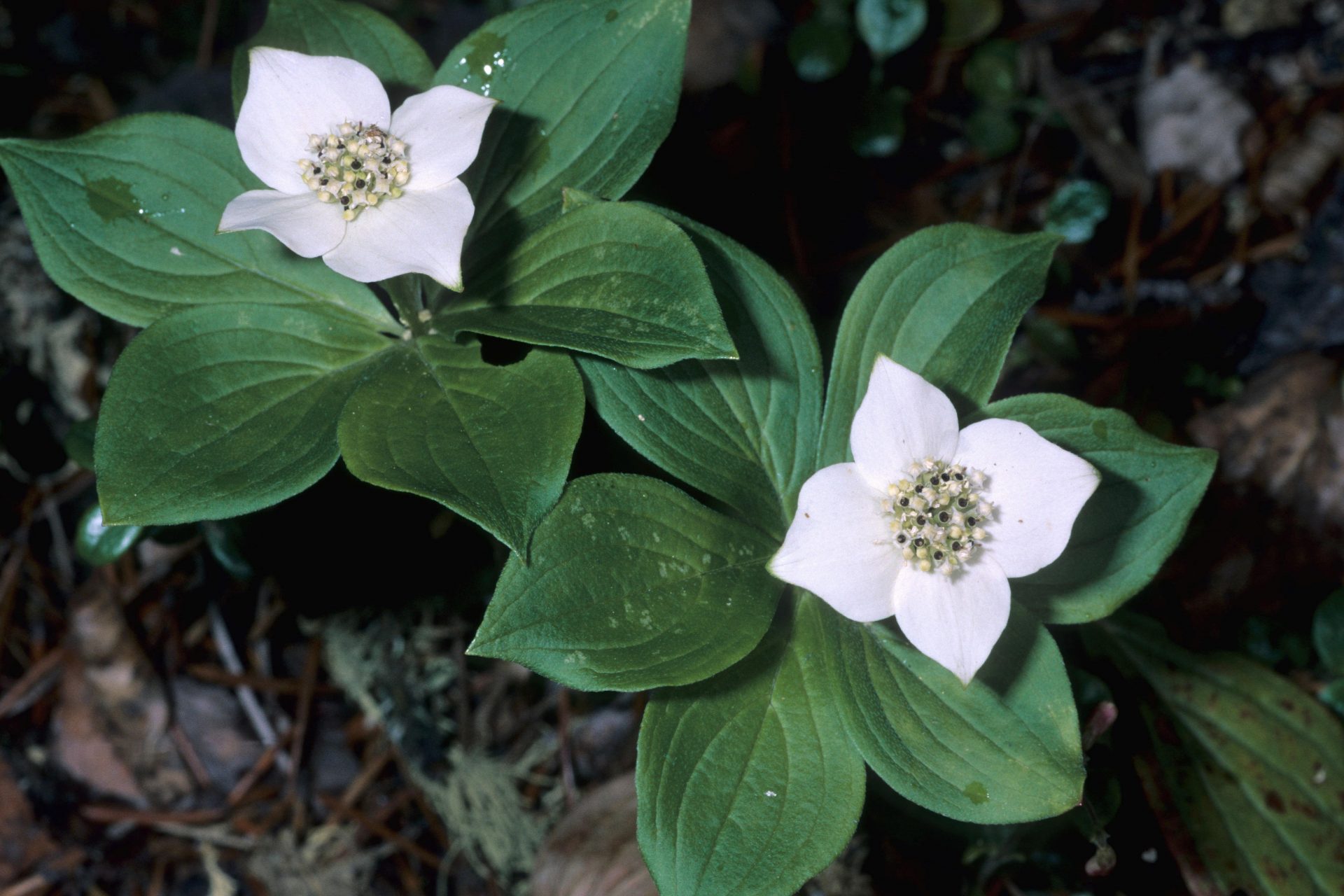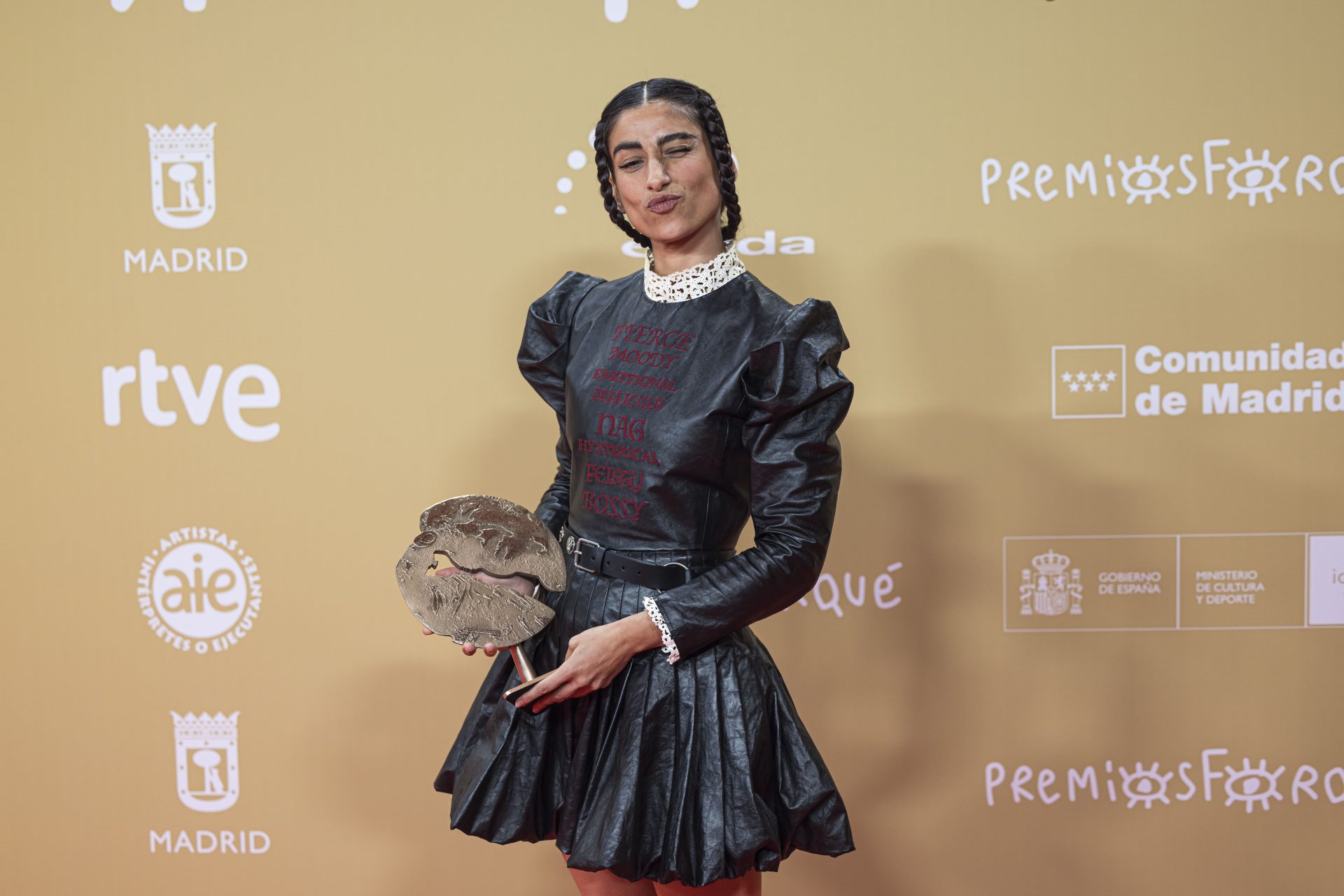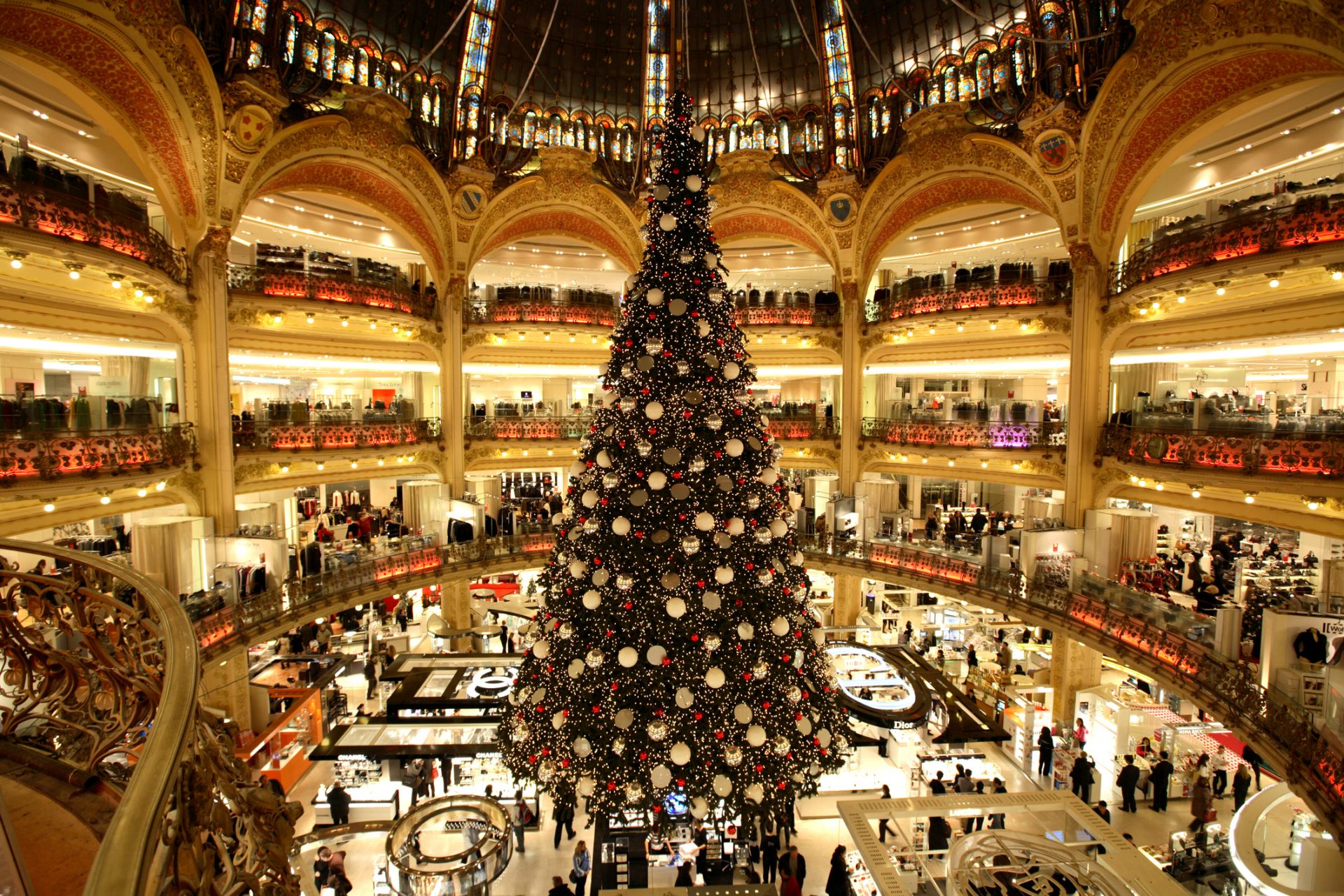What is the national flower of the countries of the world?
Lily of the Valley blooms in summer and has become a Finnish summer icon. The lily of the valley was chosen as the national flower by popular vote in 1967, on the occasion of the 50th anniversary of Finland's independence. Despite its well-groomed and graceful appearance, the lily of the valley has poisonous flowers and roots.
Rafflesia, the largest flower in the world, is one of Indonesia's many national flowers. It is a rare flower found only in the vicinity of Borneo, with leaves reaching 90 cm in diameter. In addition to its size, it is also famous for its strong smell of… manure.
Its name comes from the large crown-shaped flowers that bloom in summer. In South Africa, protea king motifs are used on tableware, textiles, and many other items.
The fungus present in the roots of purple clover absorbs nitrogen from the air and supplies it to the soil. This makes the soil in which the purple clover flourishes fertile and enriches the Danish pastoral industry. Its usefulness has made that the purple clover is considered as Denmark's national flower.
They say that the flower was born from the tears that the Virgin Mary shed when she saw Christ on the cross. For that reason, it has always been much loved in the overwhelmingly Catholic country of Spain. The flower also symbolizes maternal love and the custom of giving carnations on Mother's Day is widespread in many countries around the world.
The tulip is mostly known in the Netherlands, but its origins are in Turkey. In particular, it comes from central Anatolia and some neighboring countries, such as Iran, Afghanistan, and Kazakhstan, which also have the tulip as their national flower.
Tulips were brought to the Netherlands from Turkey in the 16th century. They became very popular and prices skyrocketed, but suddenly they collapsed in 1637 and are therefore considered the oldest economic bubble in the world. Today, the Netherlands is the world's largest producer of tulip bulbs, with a 90% share of the world market.
Member of the acacia family, native to south-eastern Australia, this flower is known in Europe under the name of mimosa. The colors of the mimosa are green and yellow, colors that also symbolize the Australian nation and are depicted in the national emblem and Australian medals.
The plum is originally from China, but it has become the national flower of Serbia because the plums are used to make the popular Serbian brandy called slivovitz. A Serbian proverb says that "the best place to build a house is where the plum tree grows best."
While it is grown in different parts of the world, in Malay this beautiful flower is called 'bunga raya' and is considered the nation's national flower. The government declared its status in 1960 and it was decided that the red of the petals symbolizes "the courage, life, and rapid growth of the Malaysian people, and the five petals represent the five Rukun Negara of Malaysia," the International School of Kuala Lumpur notes. You can see the flowers on banknotes and coins in Malaysia.
Image: Sarah Sheedy / Unsplash
Native to Mexico, the dahlia has long been valued as an edible and medicinal plant; it became ornamental after being brought to Europe in the late 18th century.
According to the New Zealand Department of Conservation, this lovely yellow flower is the national symbol of the country. The kōwhai grows in "a diverse range of habitats from riparian forests, coastal cliff faces to inland grey scrub communities," the governmental website notes, and "native birds such as the tui, bellbird, kākā and New Zealand pigeon/kererū/kūkū/kūkupa all benefit from kōwhai trees."
Image: Sandy Millar / Unsplash
A plant found only in the Namib Desert, it has many characteristics of a capsule plant and is currently in danger of extinction, even though a single specimen can live for nearly 2,000 years. It's called "strange and unusual" because, well, in many ways, it is.
The Sampaguita Jasmine or Arabian Jasmine has been the national flower of the Philippines since 1934. It can bloom at any time of the year, but when it does, the flower "opens at night and lasts for about one day, producing a unique sweet scent," the Suranaree University of Technology explains.
Image: Luchie C Me / Unsplash
There are so many varieties of roses that we can count between 30,000 and 100,000 species. Among these, the damask rose is known as the "queen of roses." It is said to be named after Damascus, the capital of Syria.
The Vanda Miss Joaquim was selected among several orchids to be the national flower of Singapore. Its scientific name is Papilionanthe Miss Joaquim, and its its "vibrant colours, hardiness and resilience" are considered as "qualities that reflect the Singapore spirit," the Singapore National Parks website explains.
This flower is full of vitality and can withstand sub-zero temperatures. It has become a symbol of the heart and mind of the Norwegian people, as it blooms strongly even in the wild nature of Norway.
As the name says it, this flower has been found in Oman, the country neighboring the United Arab Emirates, but it is definitely not exclusive to this nation. The Tribulus Omanense was chosen as the Emirates' national flower because it thrives in the different landscapes the country covers - from desert dunes to rocky areas and borders of oases.
Image: Dave Aplin, @BotanicalValues / X (Twitter)
A deciduous perennial plant native to Africa and tropical Asia, the Gloriosa has bulbs that contain poison. In Italy, the toxic plant was among the evidence in the case of a heinous crime, the so-called 'Casalecchio poisoning' in 2021.
While the poinsettia to some may be a familiar symbol of Christmas, it is actually the national flower of Madagascar. One reason is that when poinsettia leaves are folded in half, they take on the shape of the island of Madagascar. The origin of the flower, in fact, is Central America.
Known as "edelweiss" for its white flowers, it has velvety petals and tough, hairy leaves to withstand the harsh conditions of the dry Alpine mountains. Strictly speaking, however, the white part is not the flower, but a bract that forms a leaf; the flower is the yellow part in the center.
Louis VII was the first King of France to adopt the lily as a symbol of the city of Paris. Soon, this delicate flower came to be considered the true symbol of royal lineage and prosperity.
Photo: Serafima Lazarenko / Unsplash
The Leila purpurata belongs to the orchid family. It is made up of five white petals with a purple central part. The symbol of Santa Catarina, it has been the national flower of Brazil since 1983, despite the fact that deforestation and building development have compromised its existence and natural reproduction on several occasions.
The Rose is the national flower of England, a symbol of two historic aristocratic families who fought for the crown for 30 years in the so-called 'war of the roses': the red rose appeared in the Lancaster family crest, and the white one in that of the Yorks. The rose arrived in England from the French Provence, the region where Henry III's wife, Eleanor, came from.
Photo: Jerry Klein / Unsplash
For historical reasons, the rose is also the flower of the United States of America. It has been since 1986 when President Reagan signed a resolution. The rose is also the symbol of the city of Washington DC (specifically, the rose called American Beauty).
With the latest events that have shaken Ukraine, the country's flower, the sunflower, has become an even stronger symbol. It is capable of transcending borders and nations to become an emblem of solidarity.
Photo: Todd Trapani / Unsplash
The national flower of Germany is the cornflower. This choice would seem to date back to the Napoleonic era, when William I, retreating from a war, met his mother in a wheat field weaving small bunches of cornflowers to reassure some children. Struck by the sight of this scene, William adopted the cornflower as the coat of arms of the kingdom.
Photo: Maja Erwinsdotter / Unsplash
The Lotus flower is sacred to Hindus, and that's a major reason why it was chosen as the national flower for India. The aquatic flower's scientific name is Nelumbo nucifera. It mostly blooms during the monsoon season, from June to September.
Widespread in Portugal, this plant with multiple benefits is also the country's national flower, where you can admire huge fields of purple (especially between May and August).
Photo: Daiga Ellaby / Unsplash
The national flower of Russia is the chamomile, a symbol of strength against adversity. It has been chosen as the national flower due to its multiple applications and beneficial properties.
Photo: Yaroslava Stupnytska / Unsplash
The strawberry tree is one of the patrimonial symbols of Italy, just like the color blue and the tricolor flag. The reason is precisely the fact that it recalls the national colors, with its green leaves, white flowers, and red berries.
The shamrock is technically not a flower. The clover was an important symbol for the ancient Irish Druids, however, and it has stuck with Irish culture and imagery ever since. So why pick any other plant? Good for you, Ireland!
Photo: Kelly Sikkema / Unsplash
Canada is another peculiar case when it comes to national flowers. The nation has of course always been associated with the maple leaf, but that's not a flower. In 2017, Maureen Hulbert, a member of the Toronto chapter of Master Gardeners of Ontario, implored the Federal Government to pick a national flower, CBC reported. After a pre-selection, the popular favorite became the Bunchberry (Cornus Canadensis).

